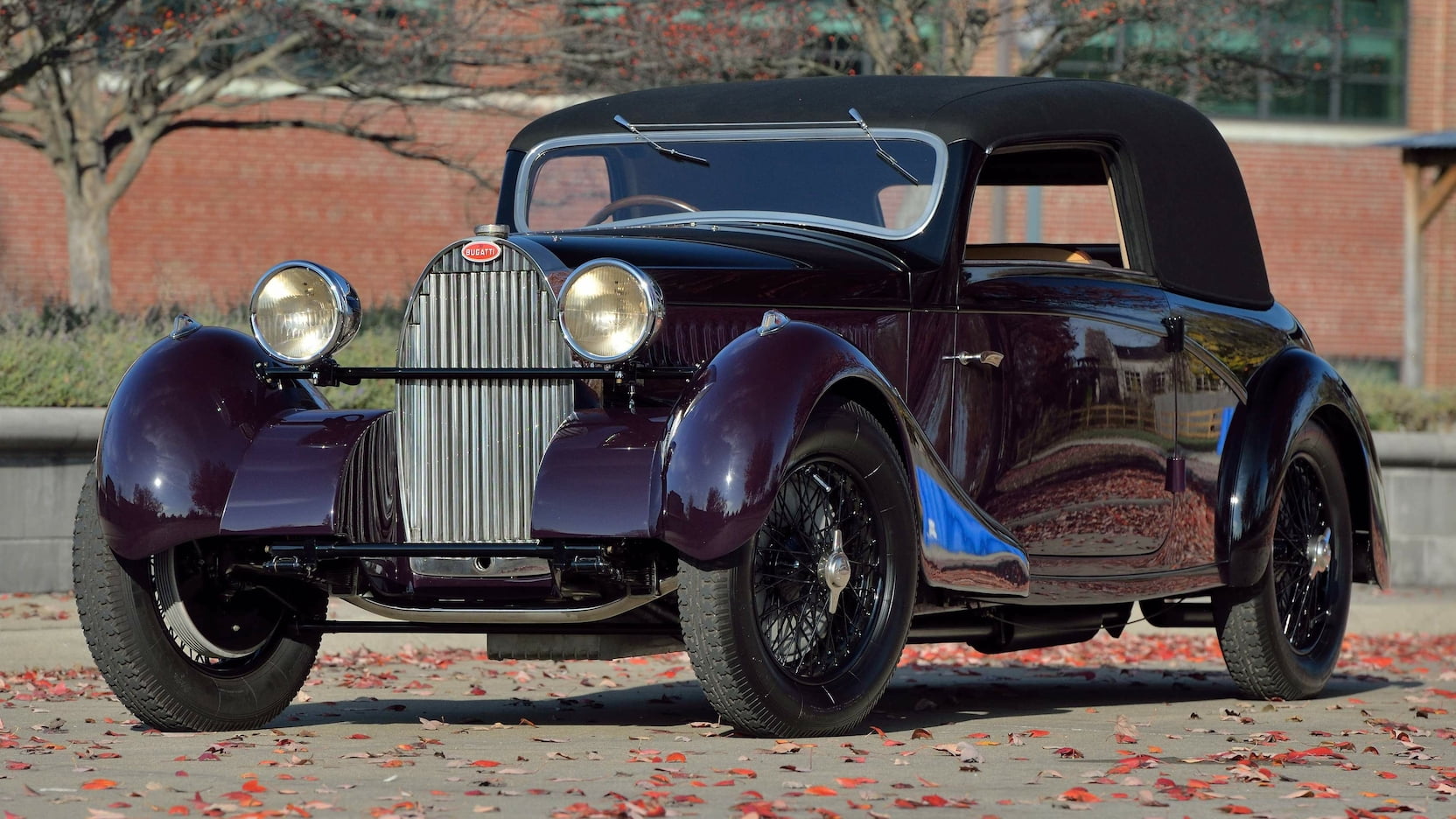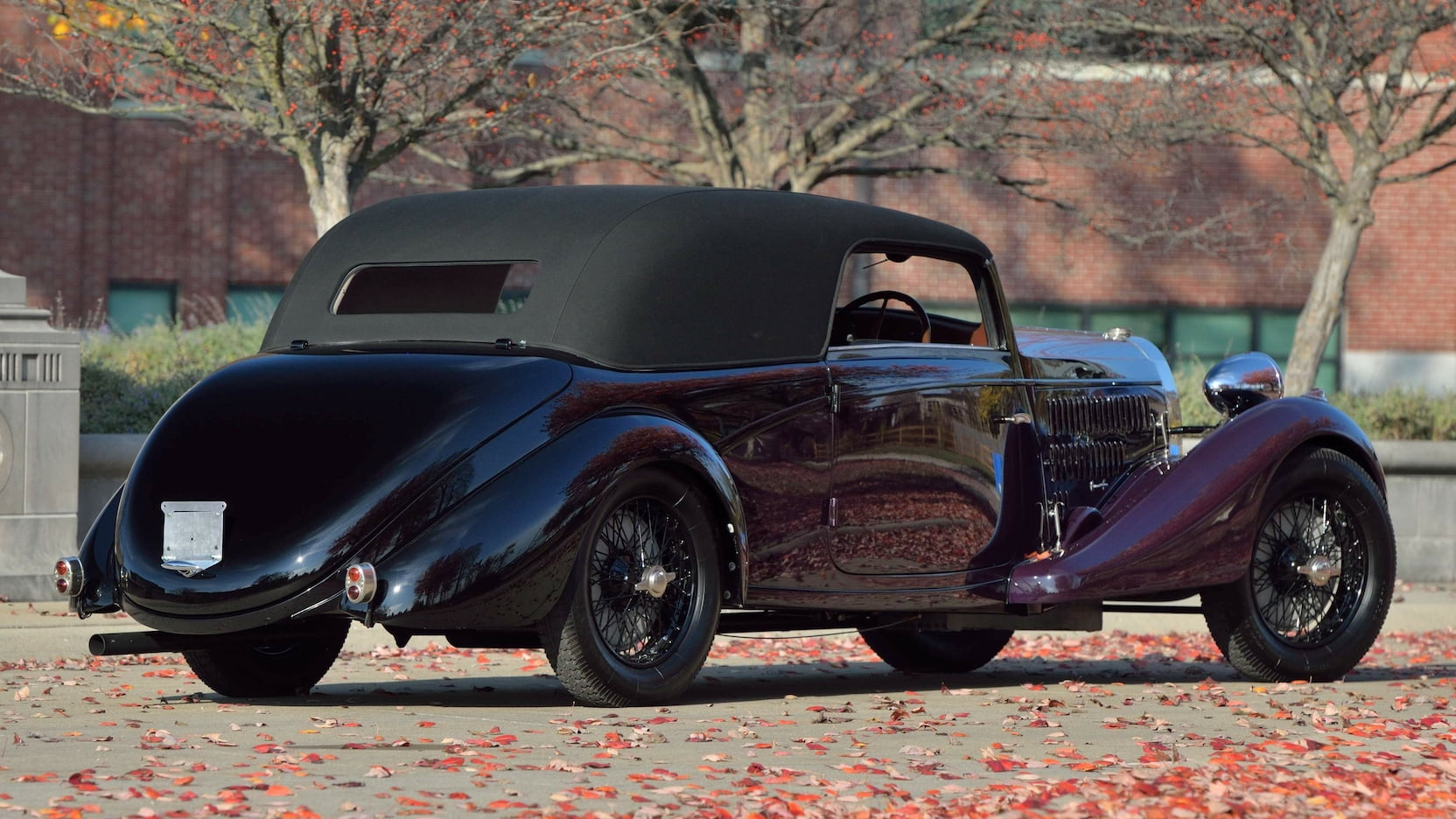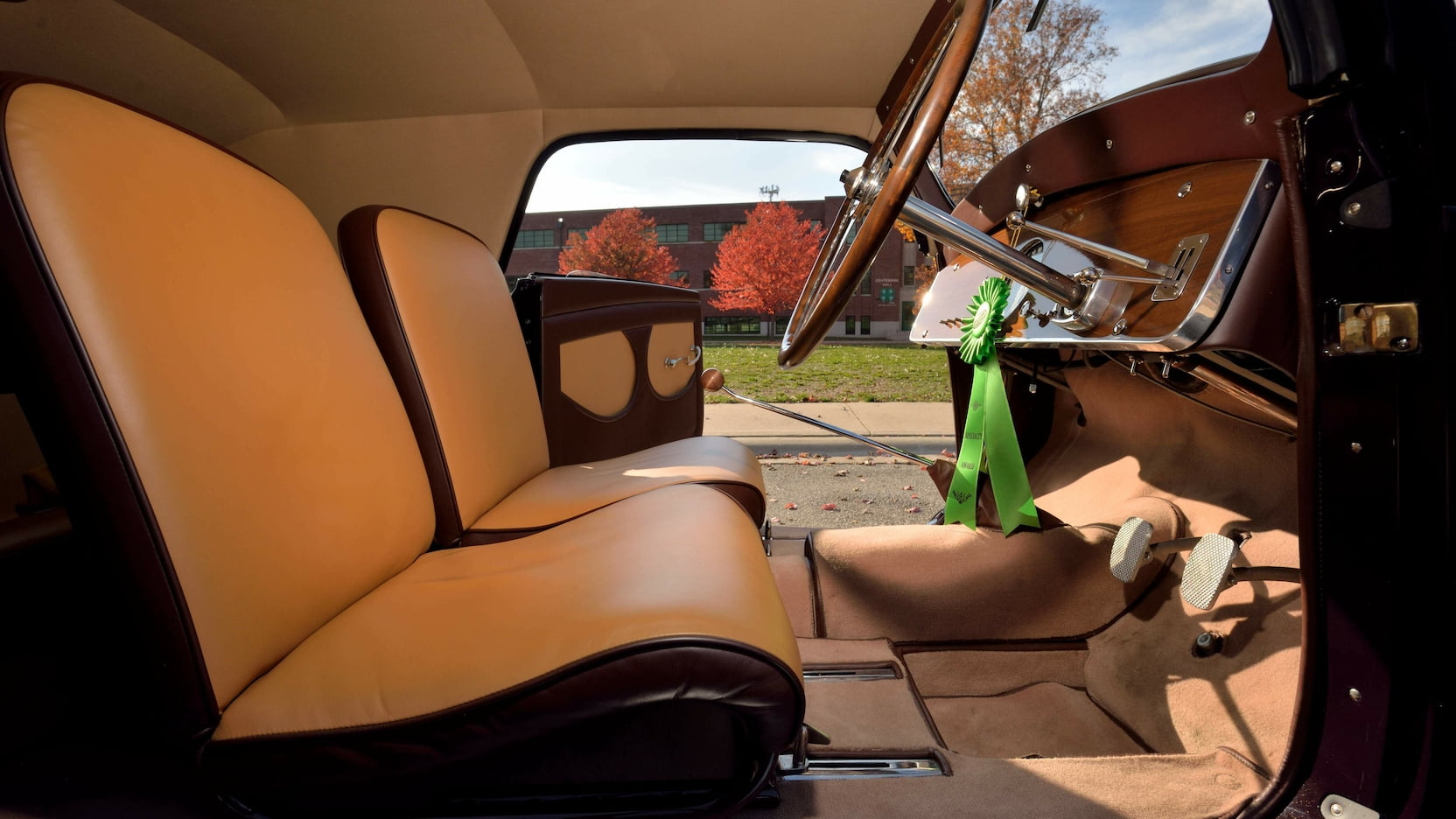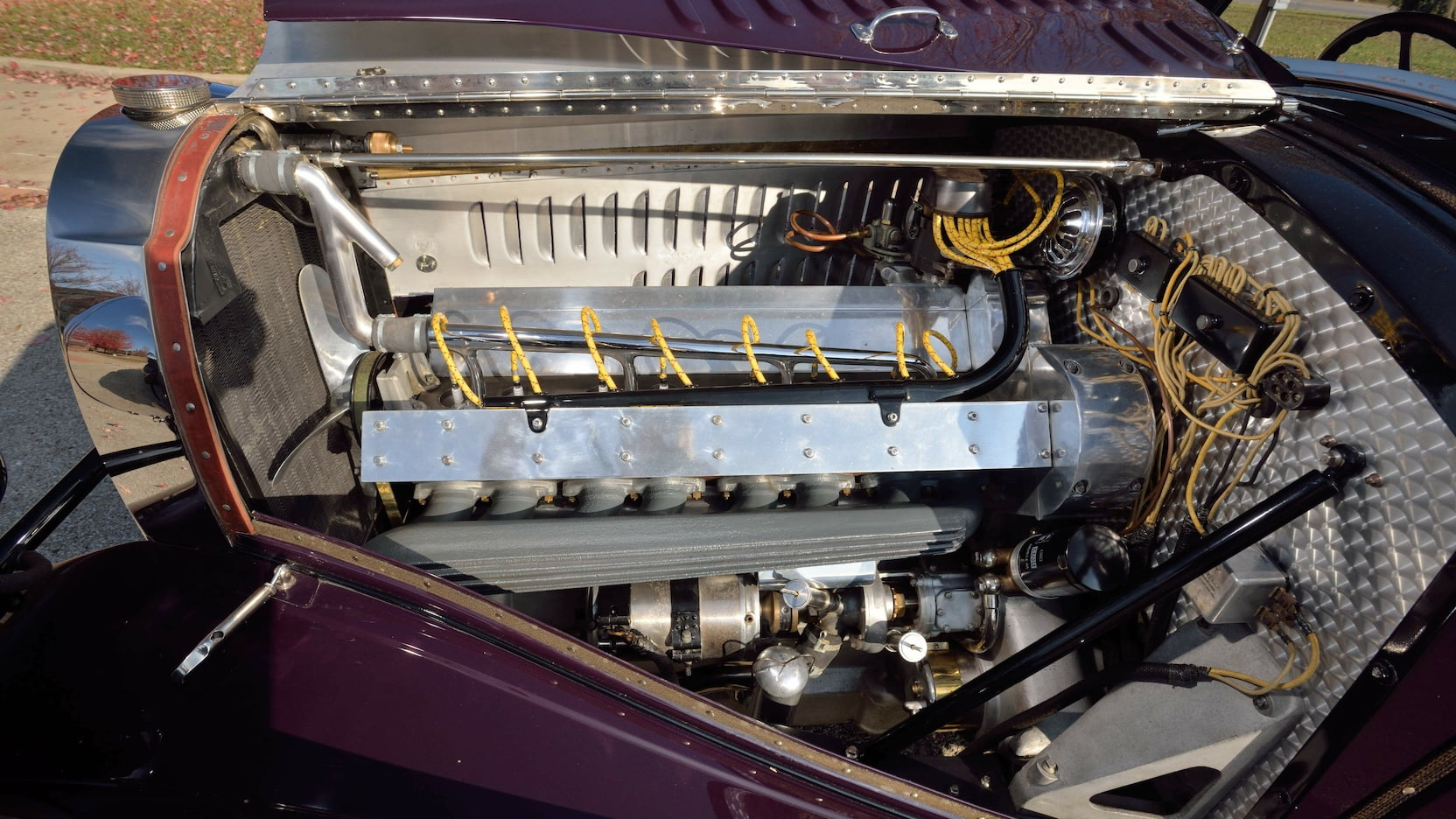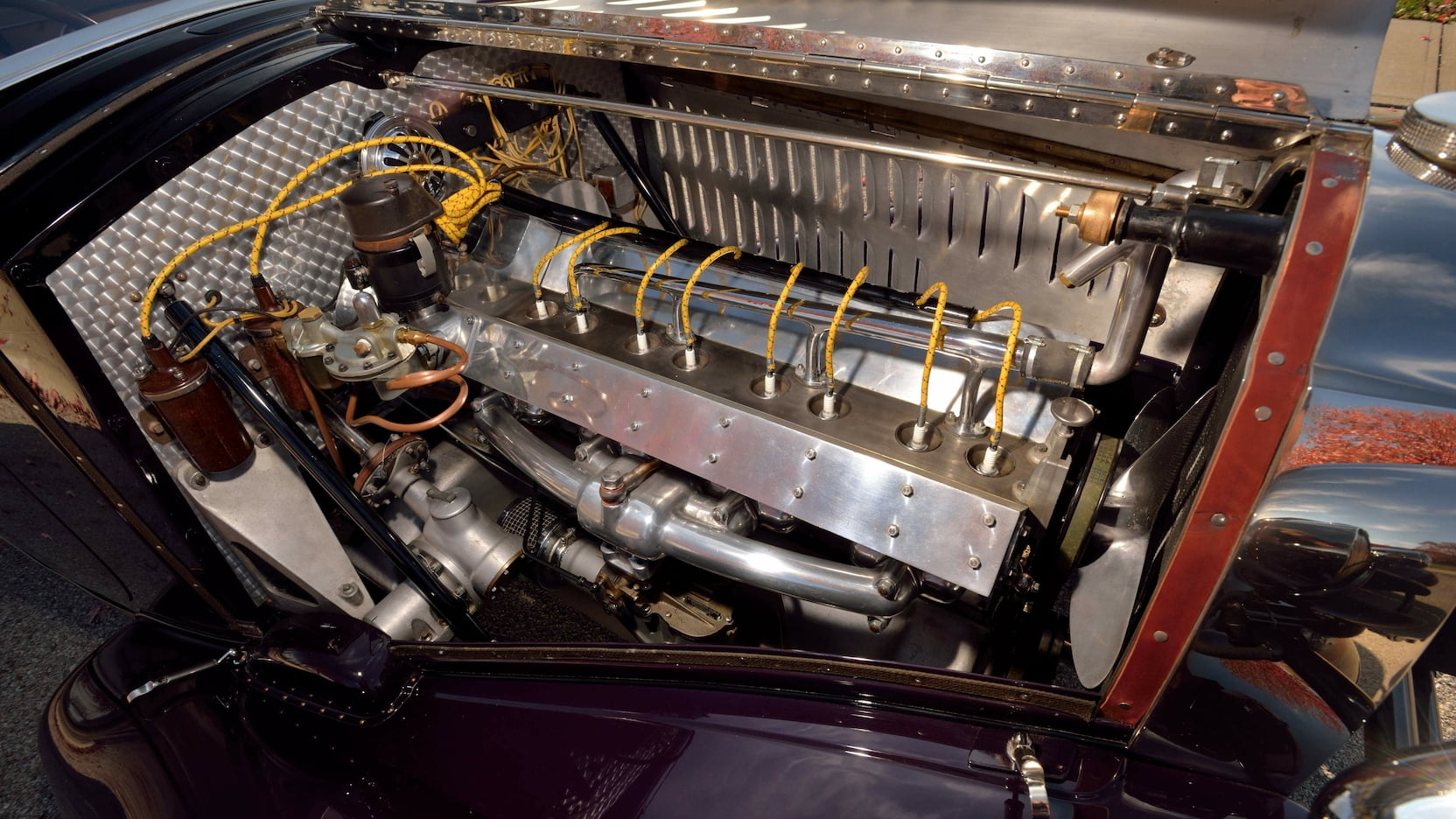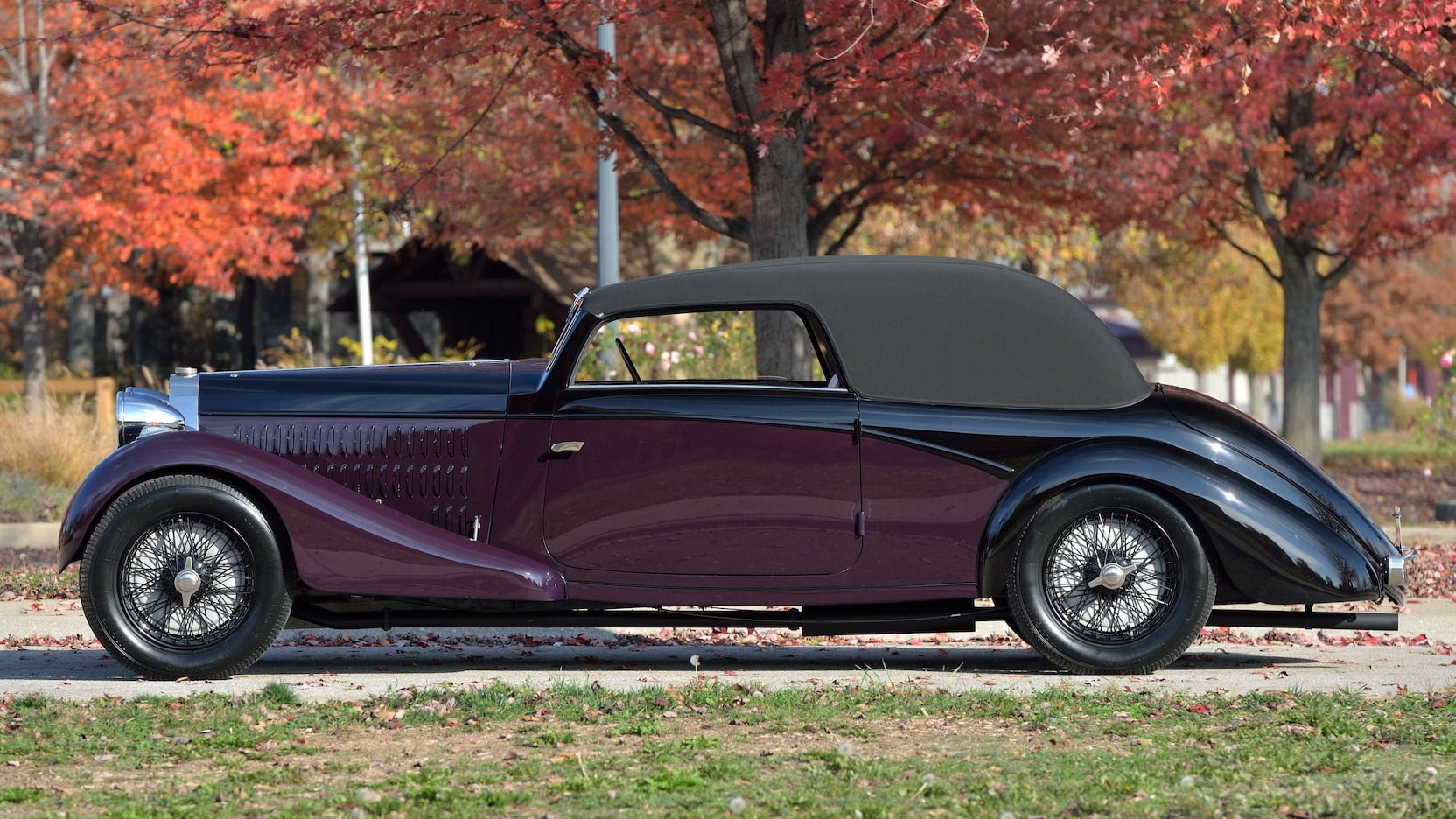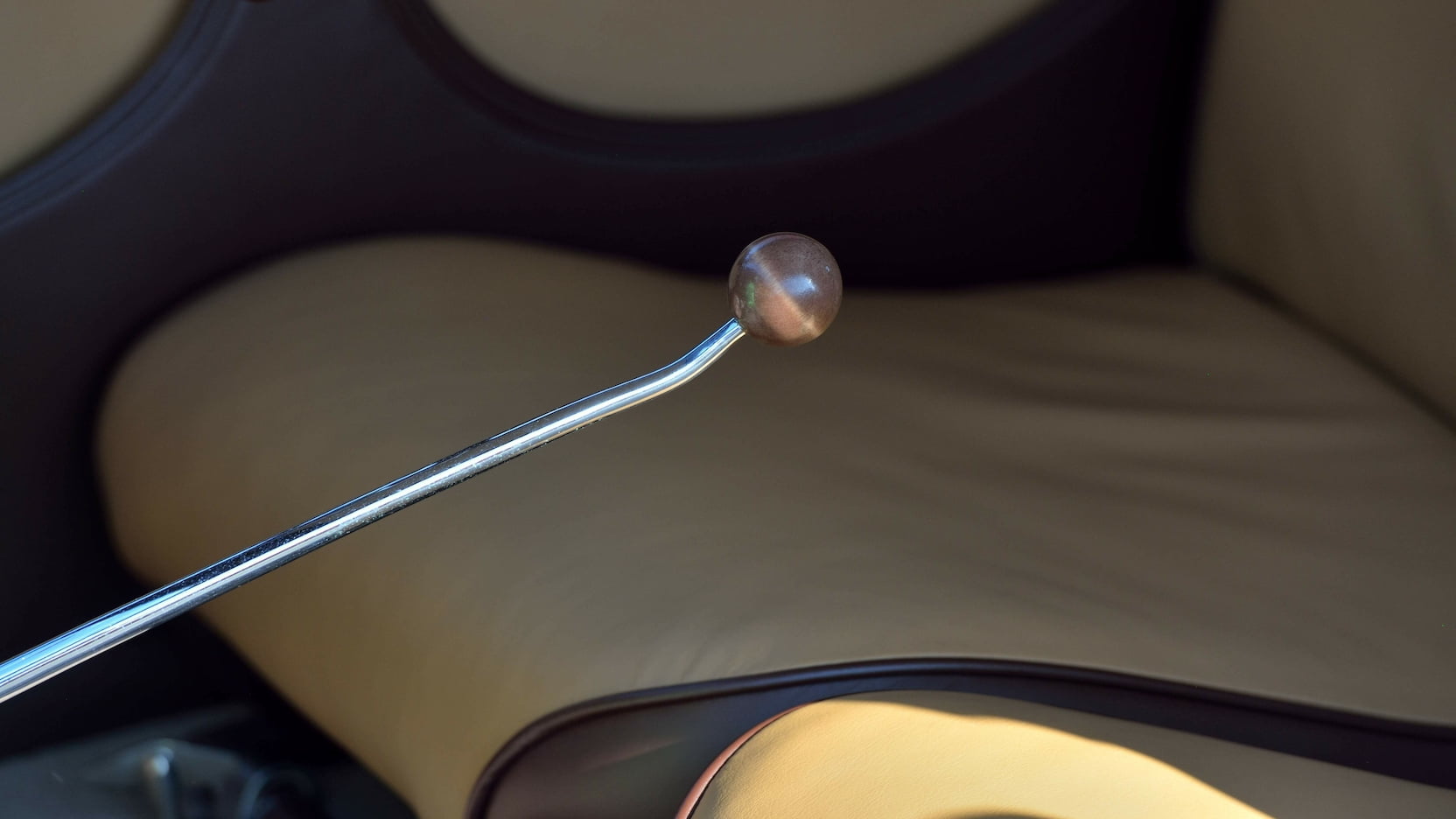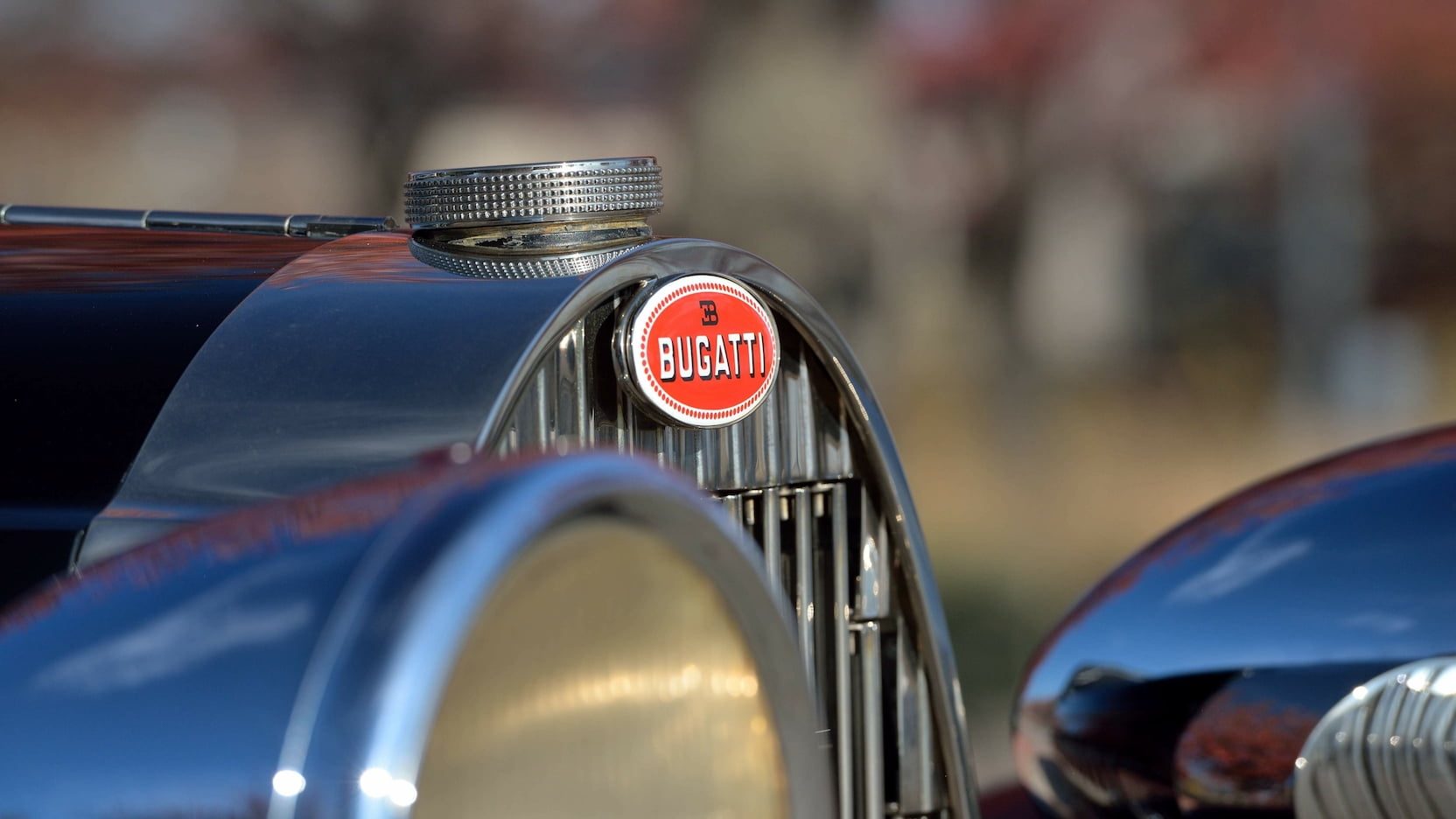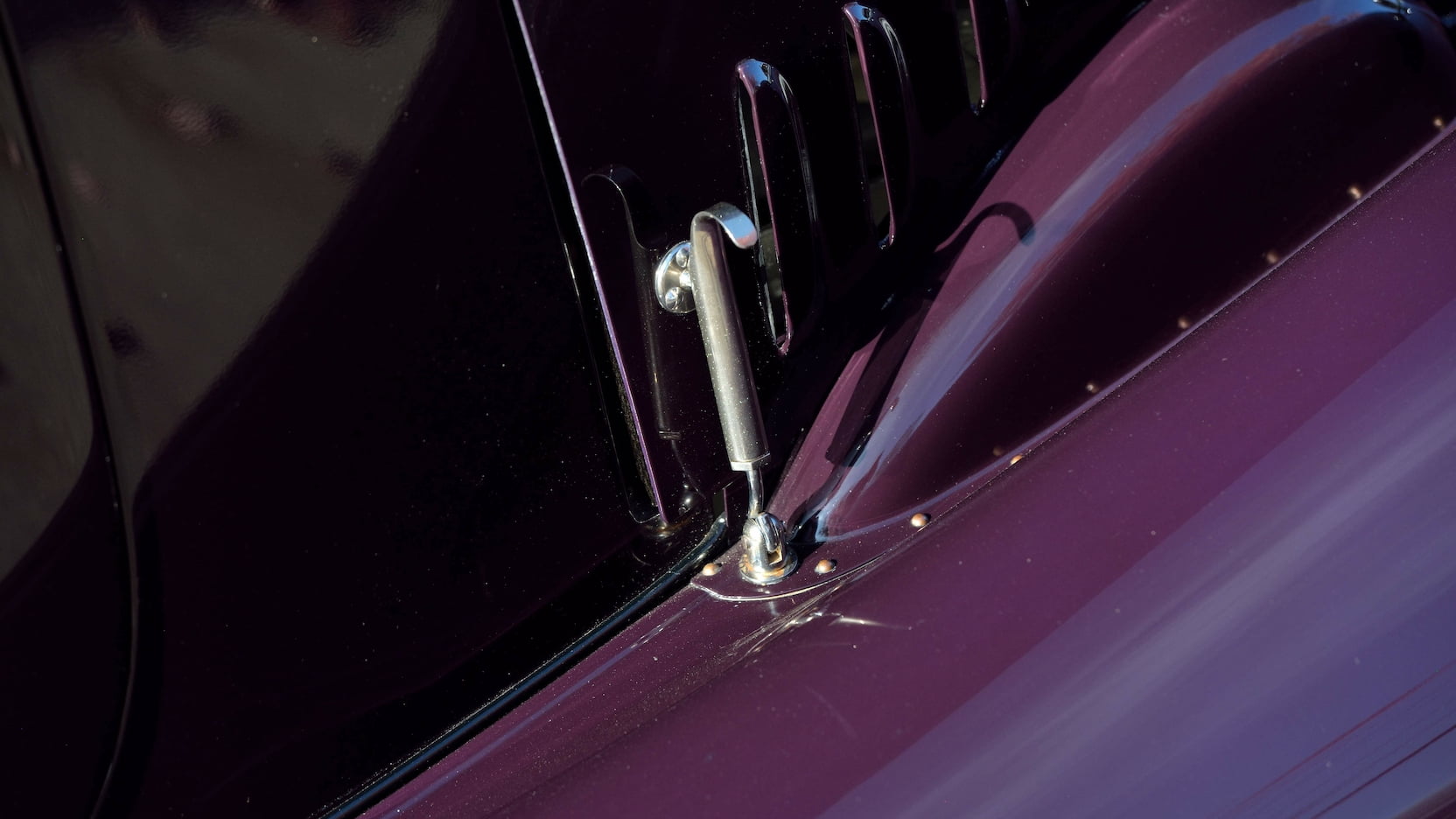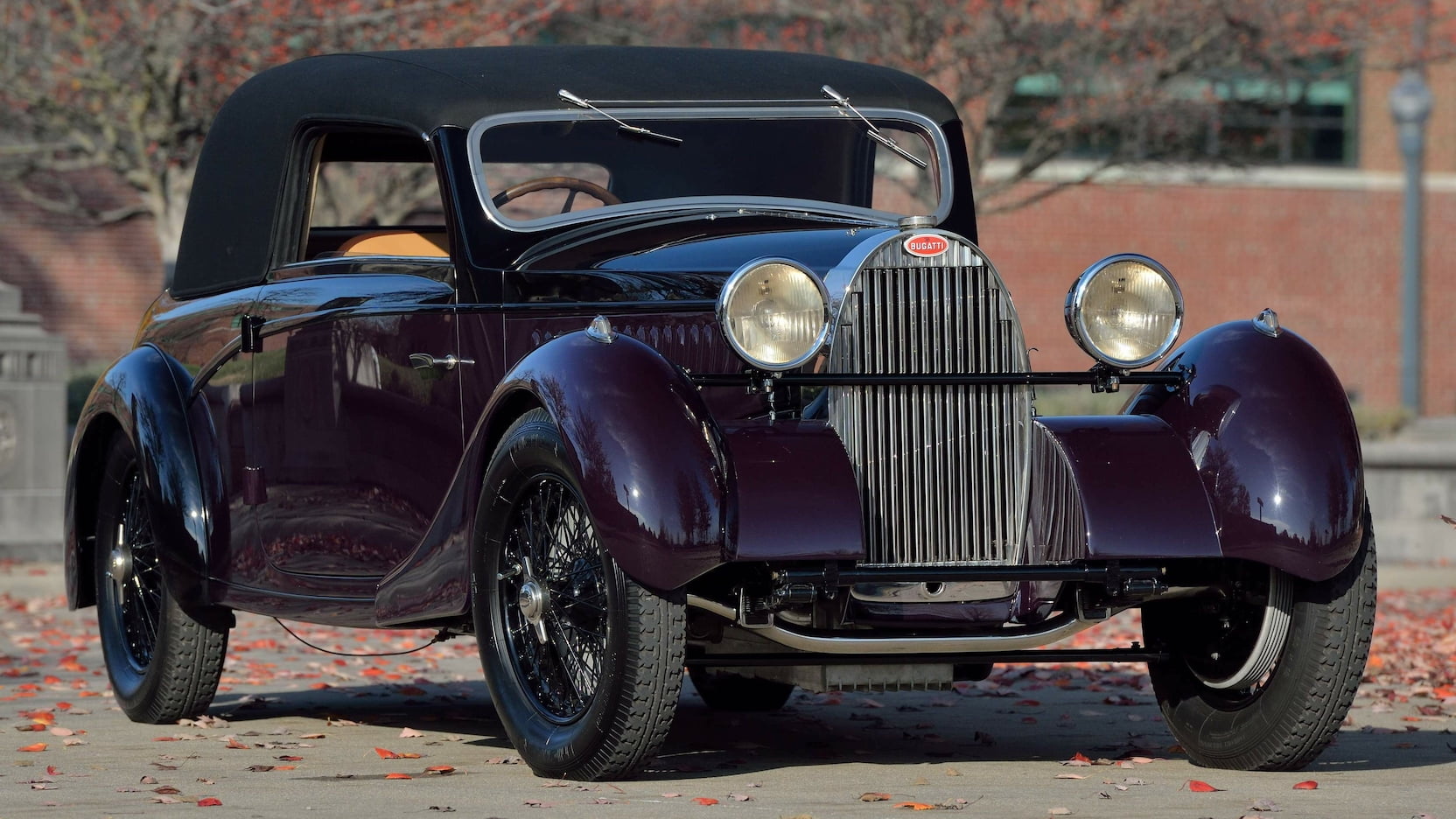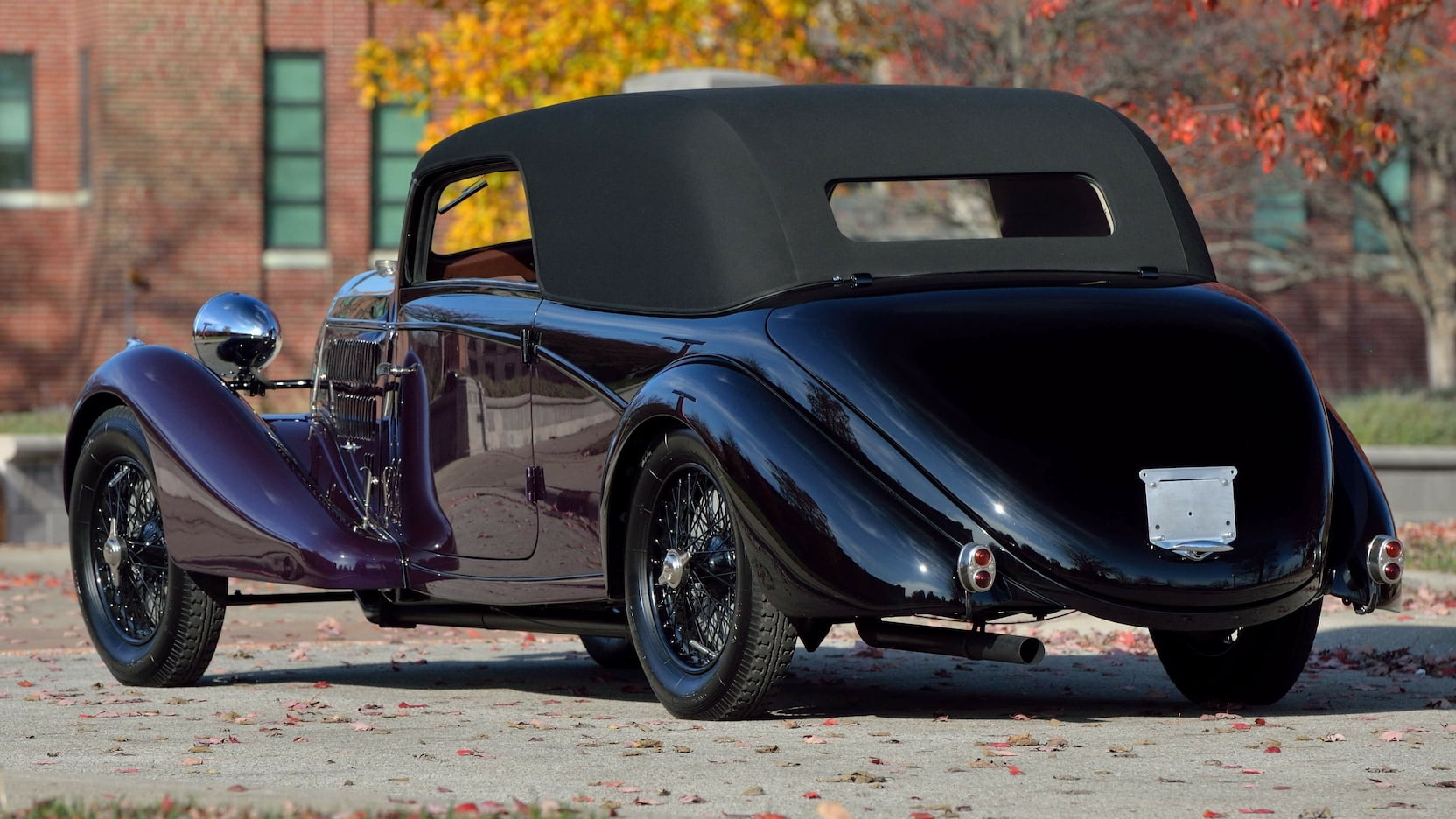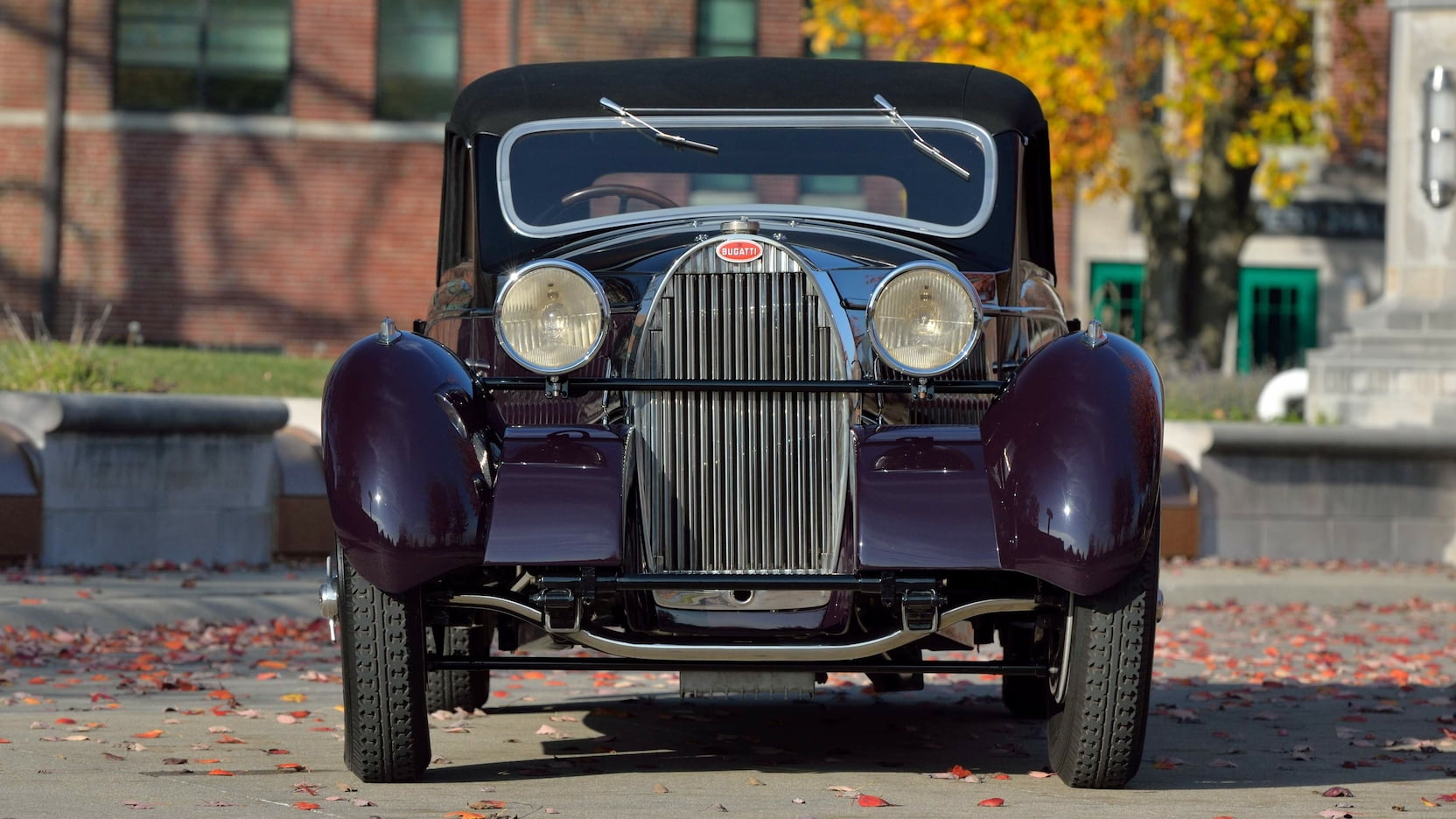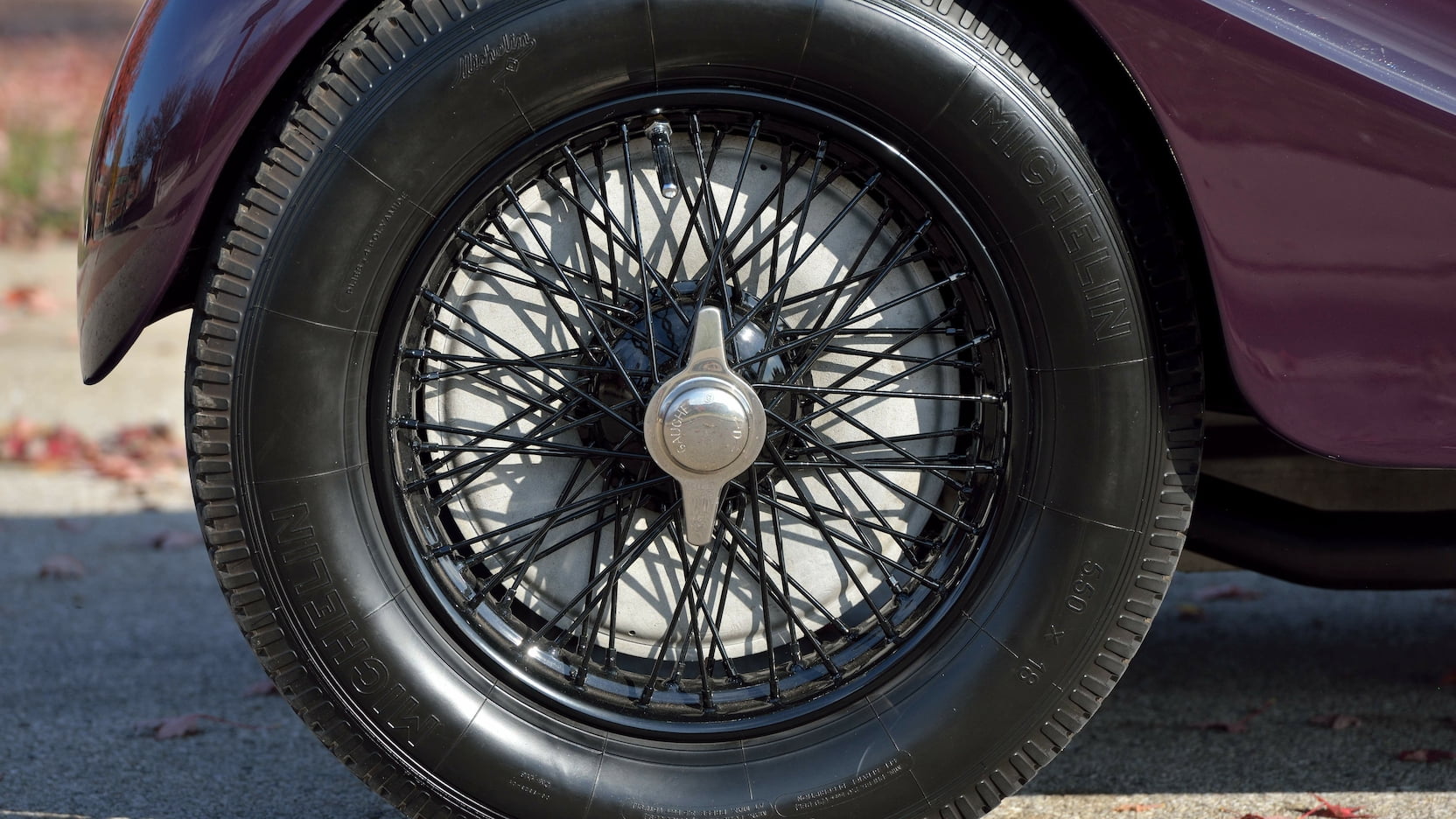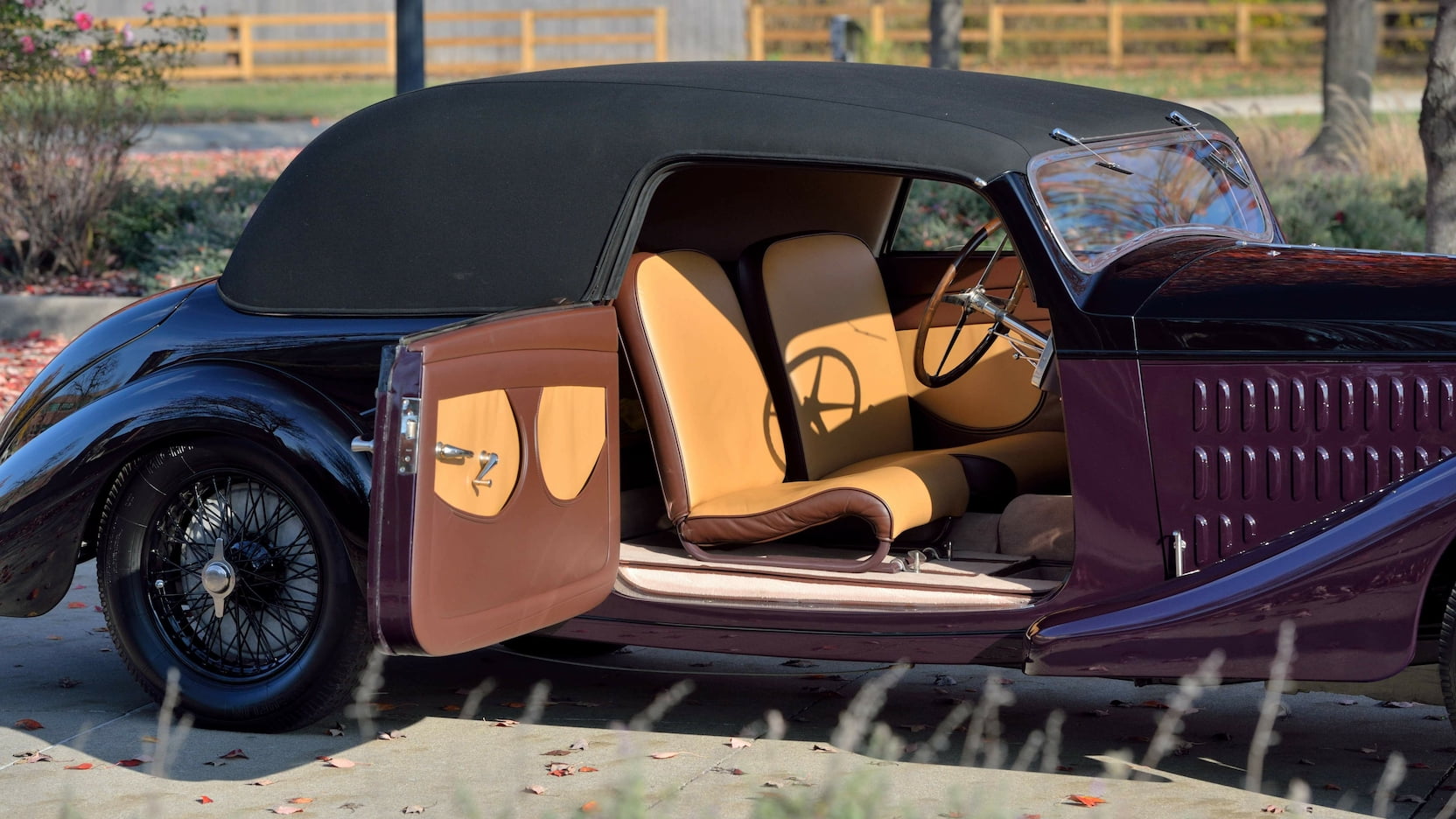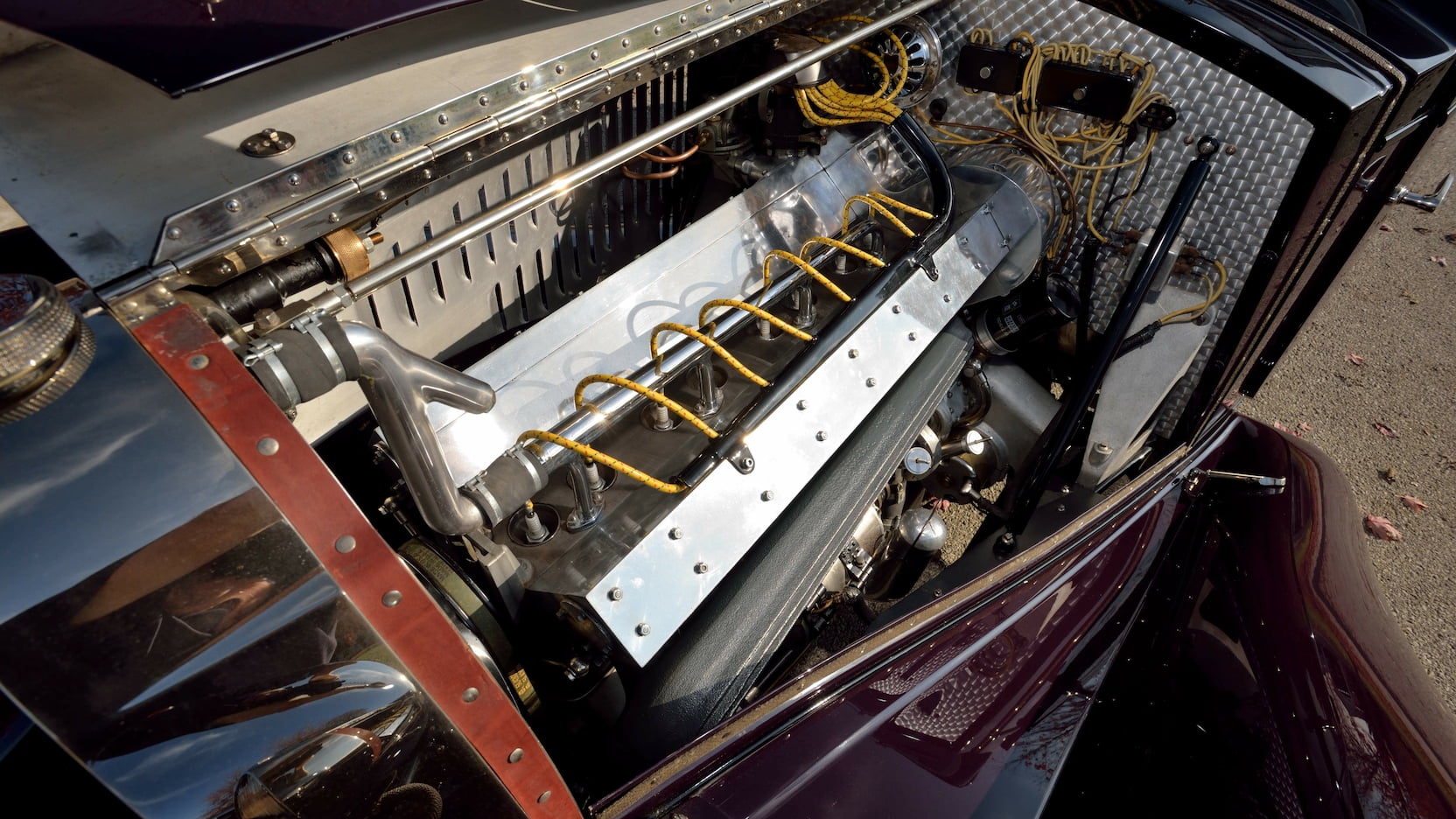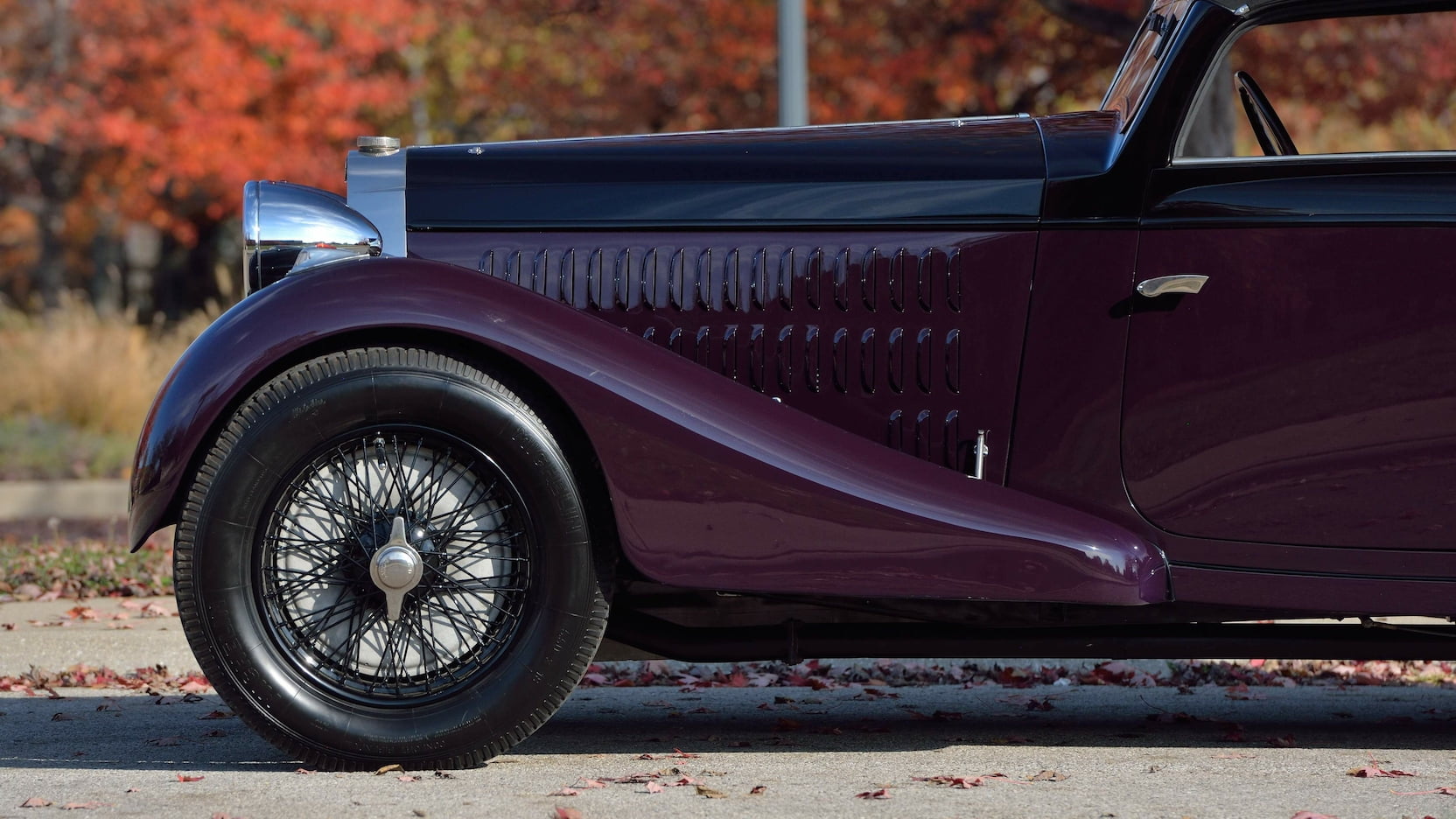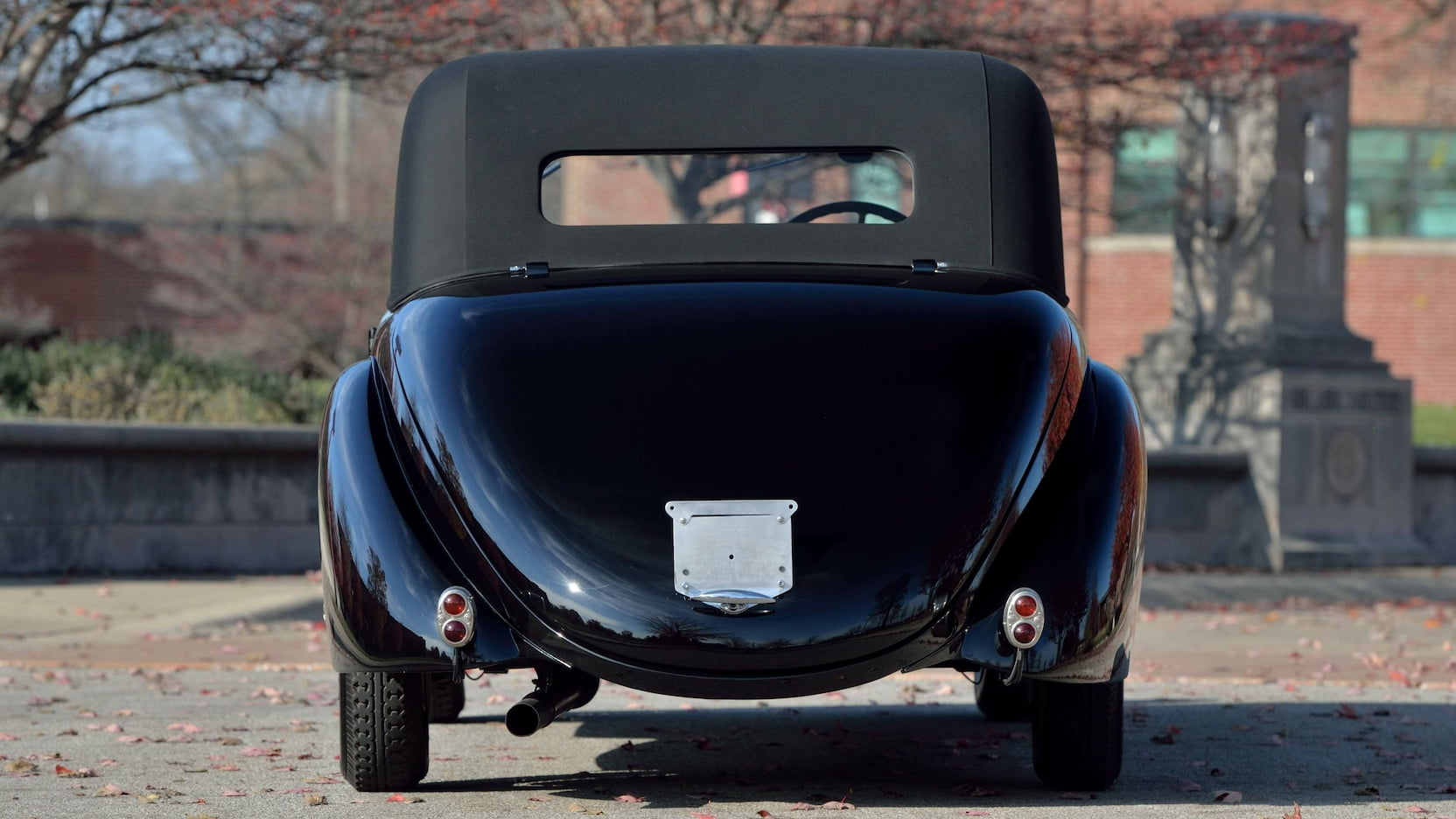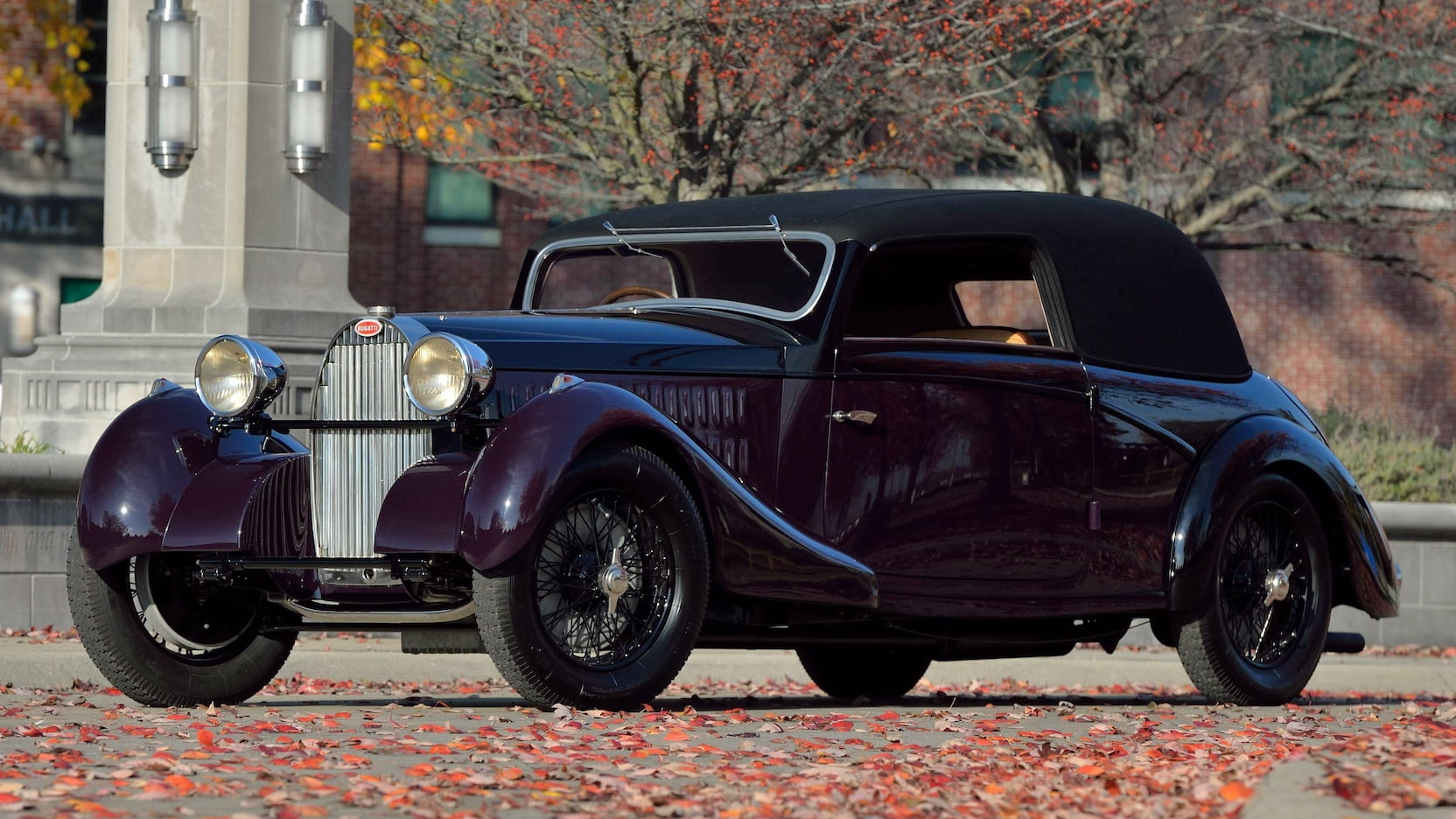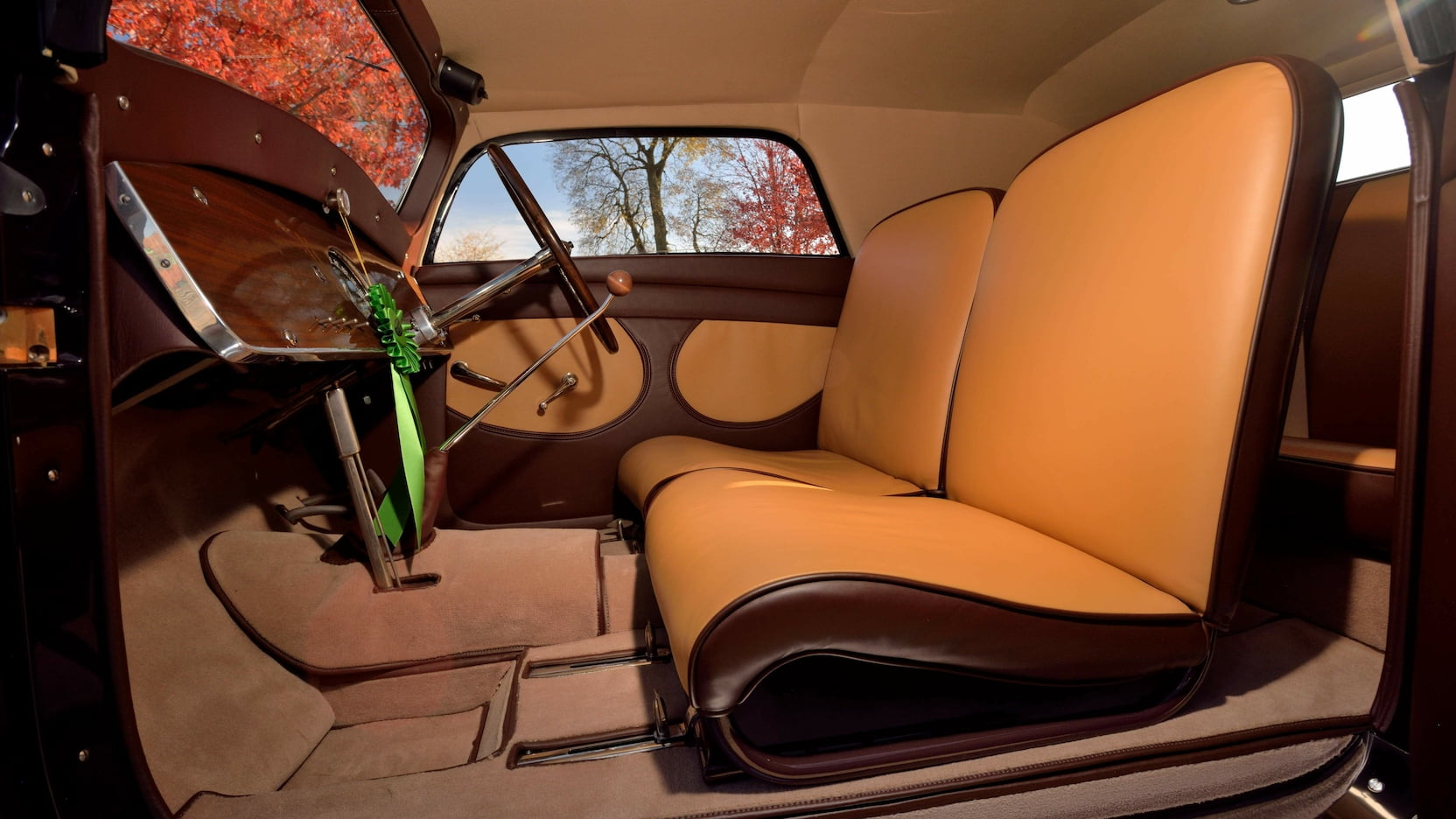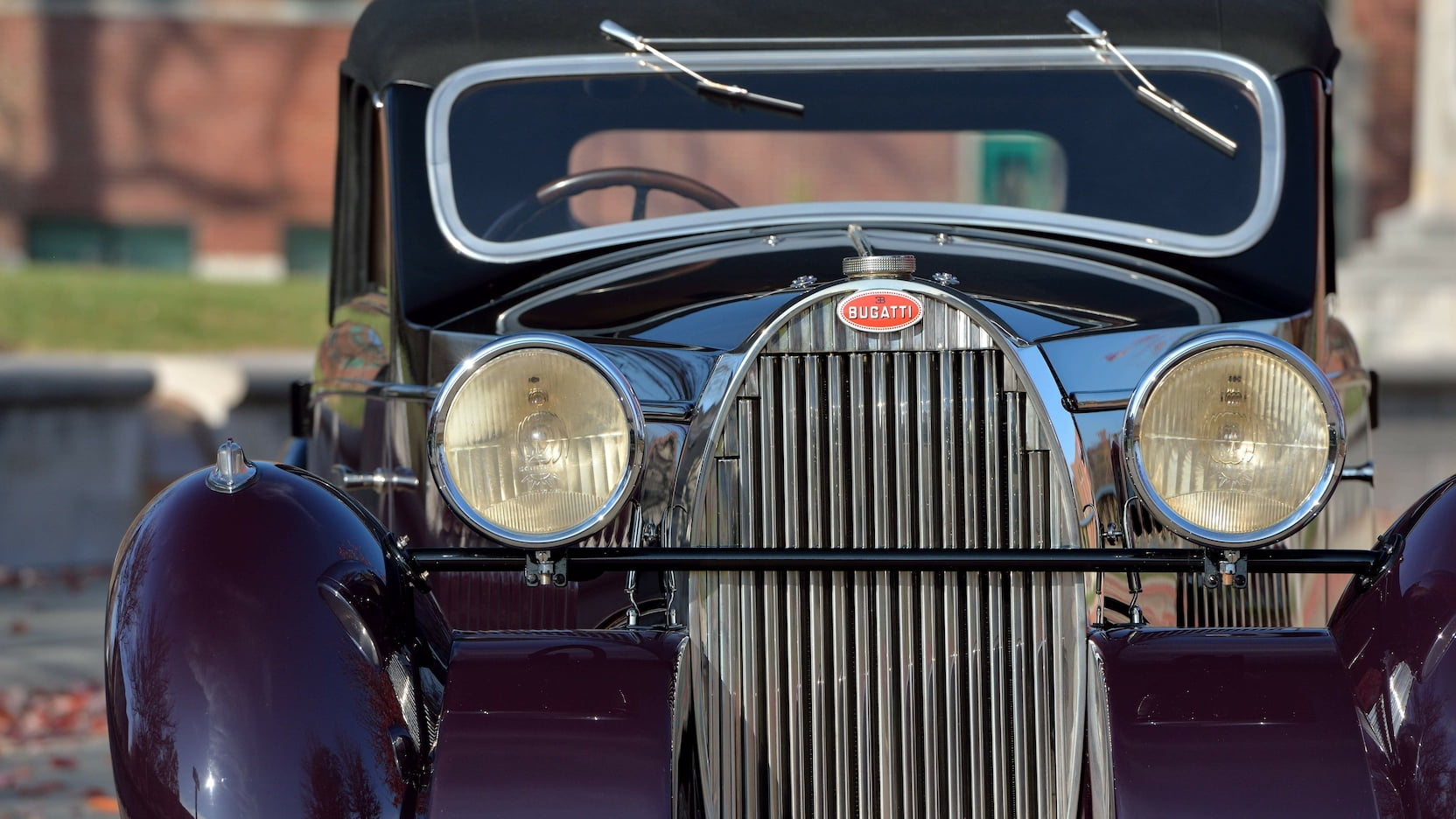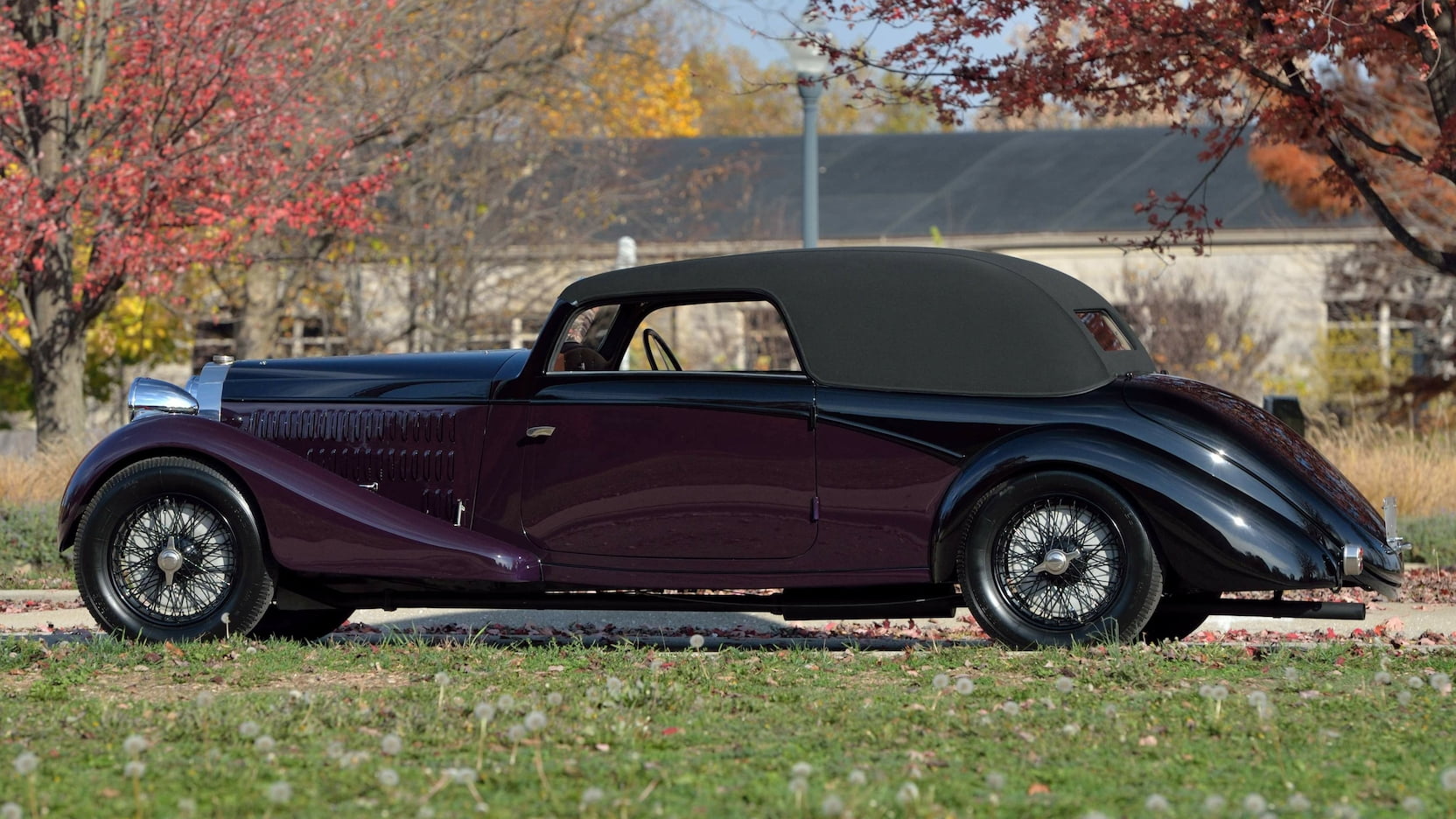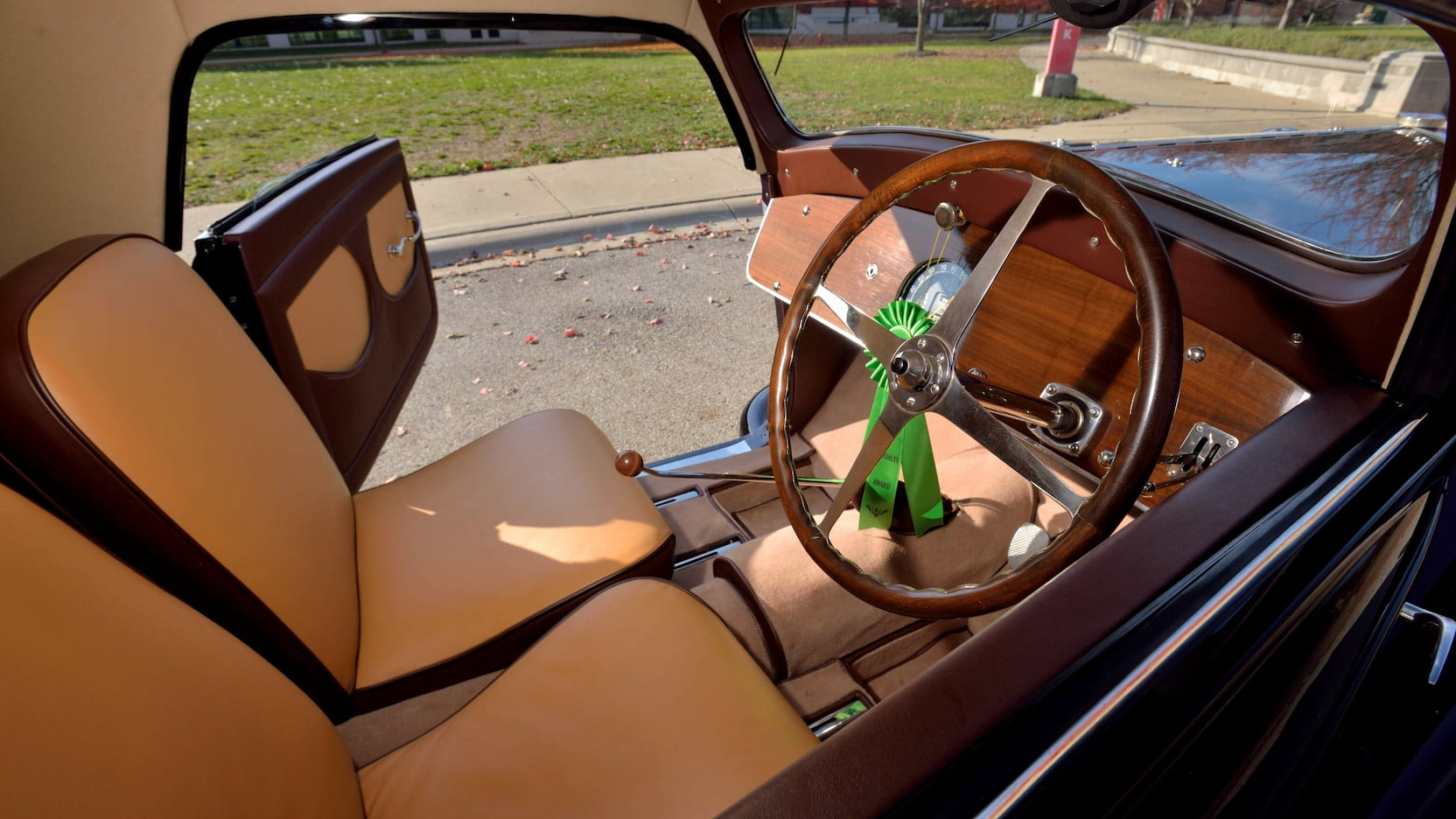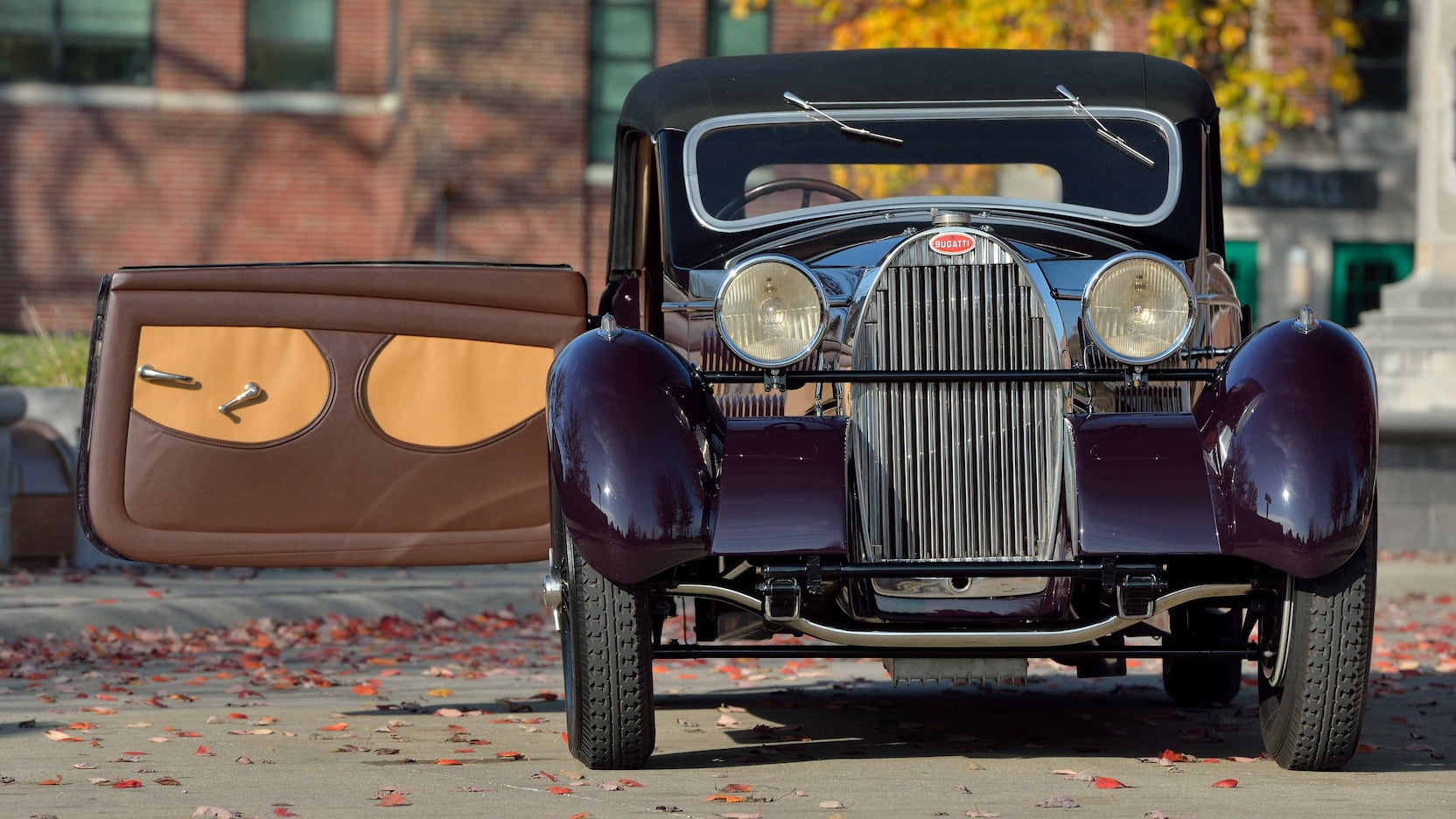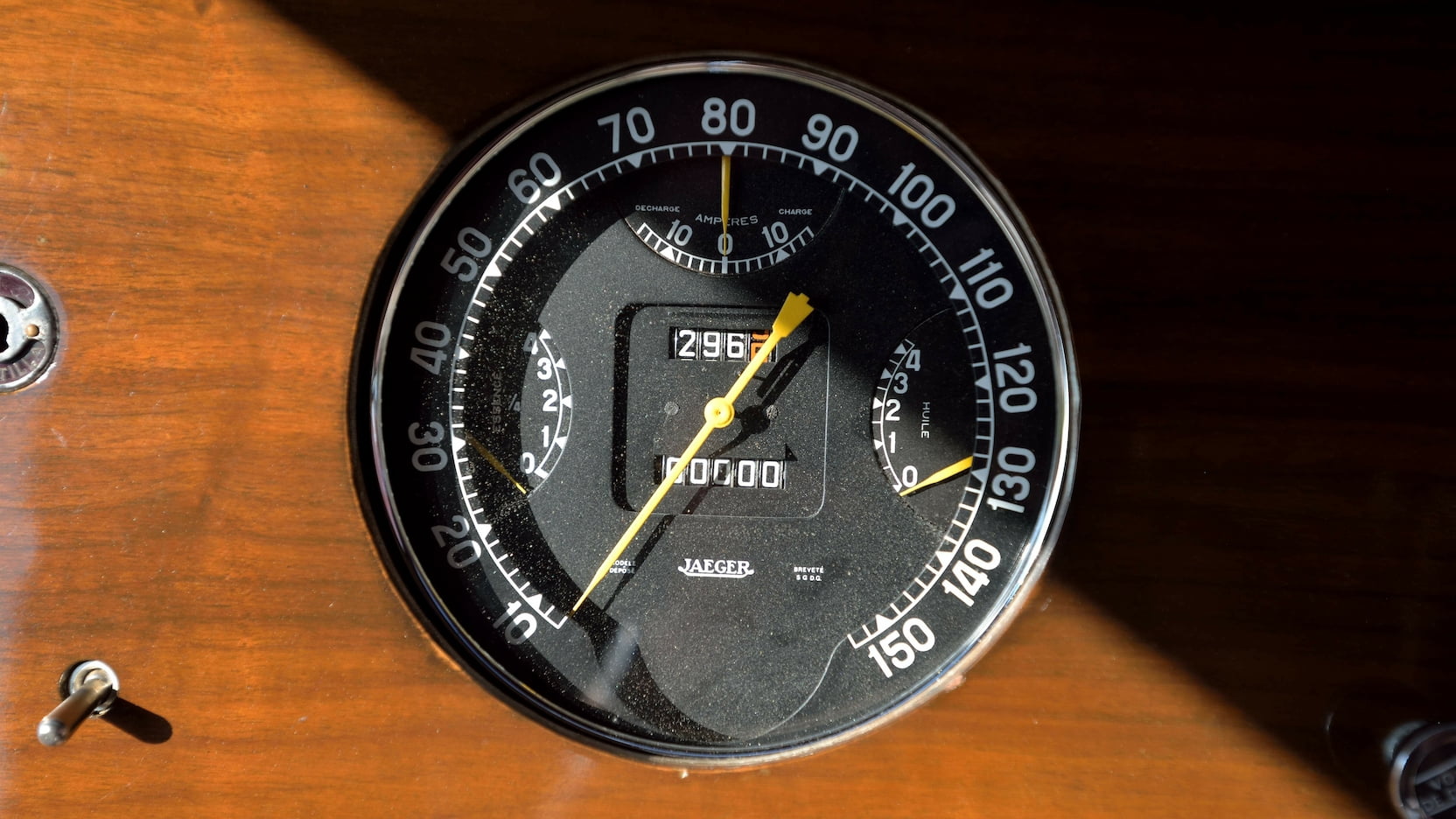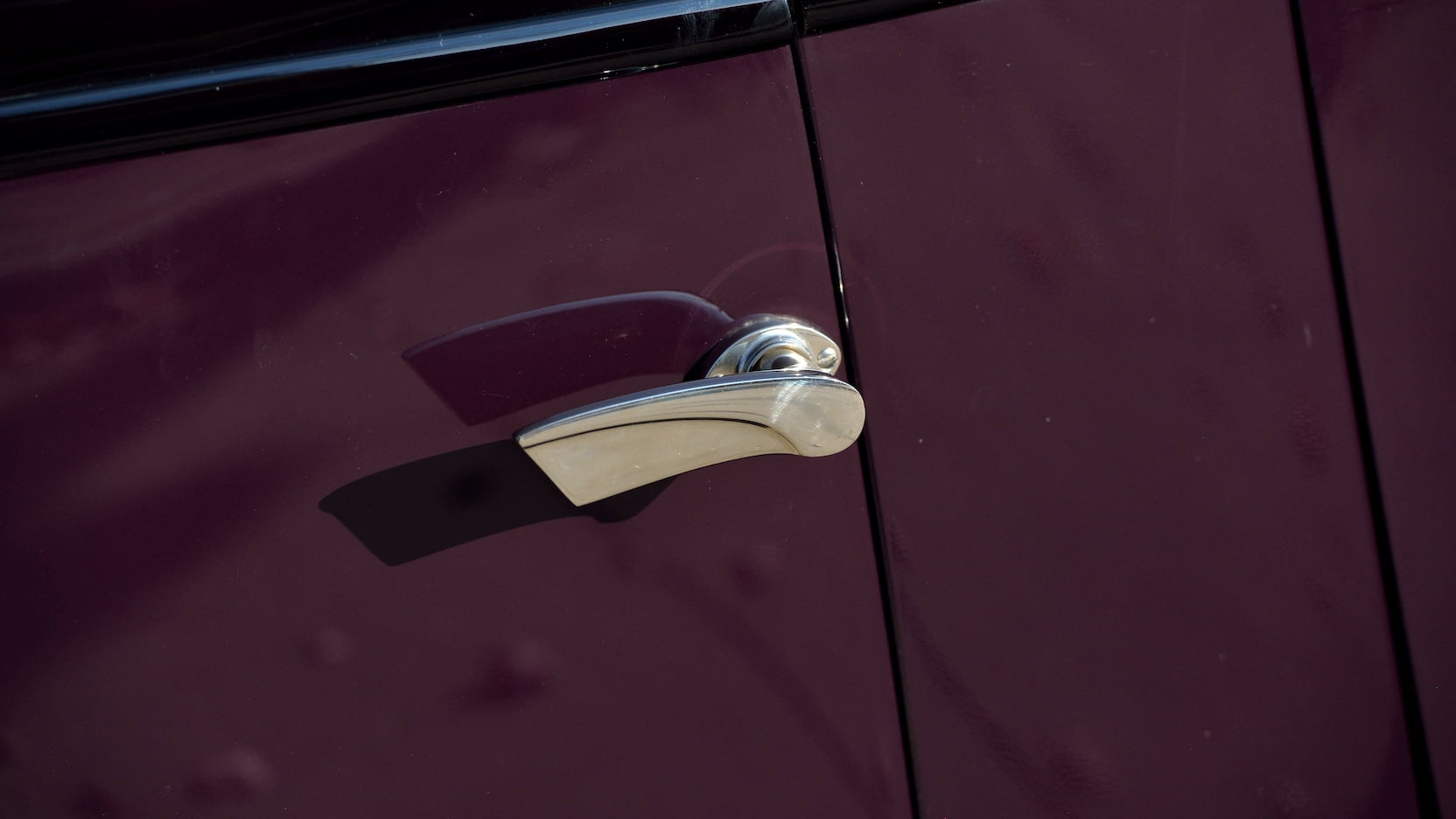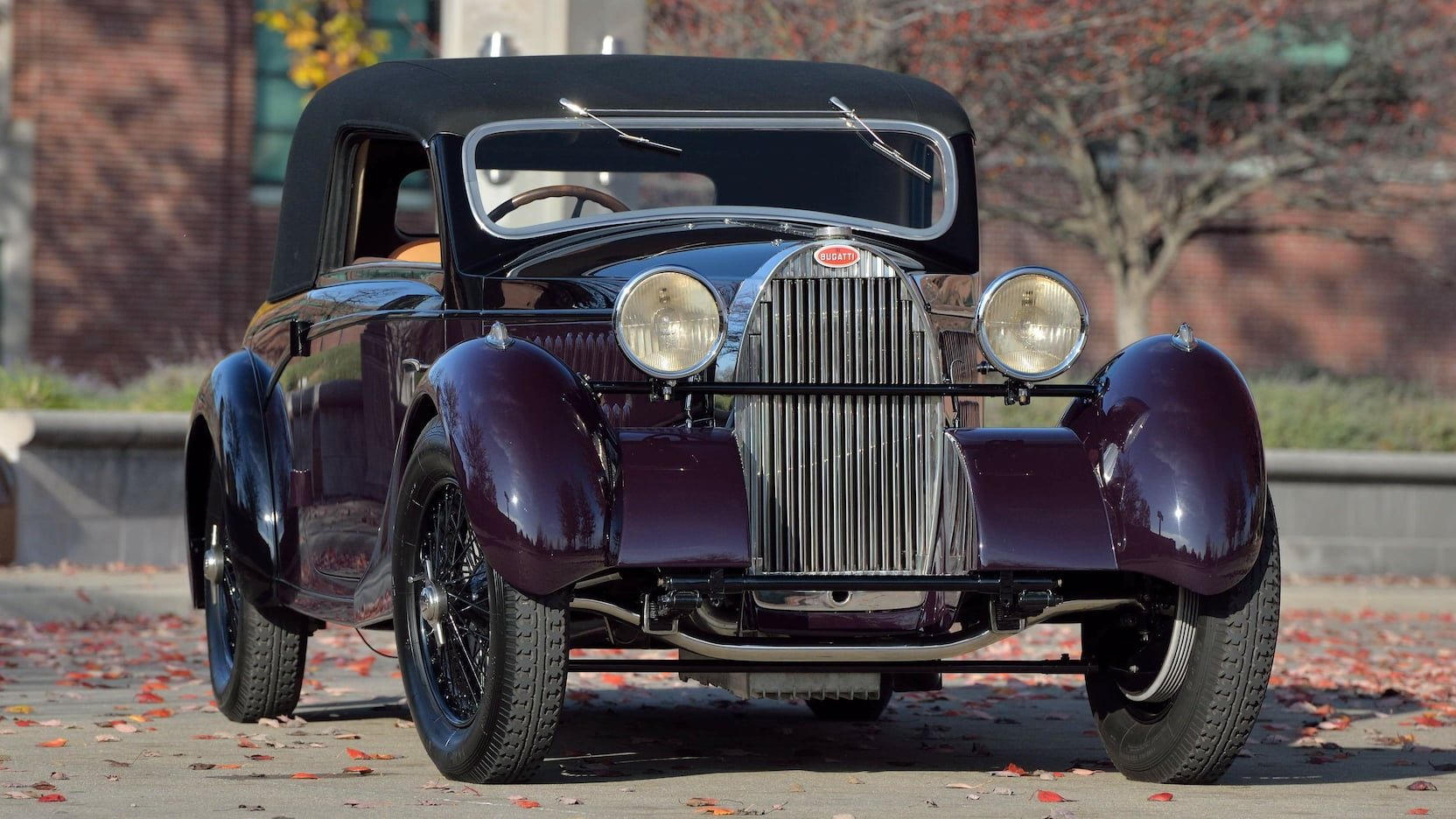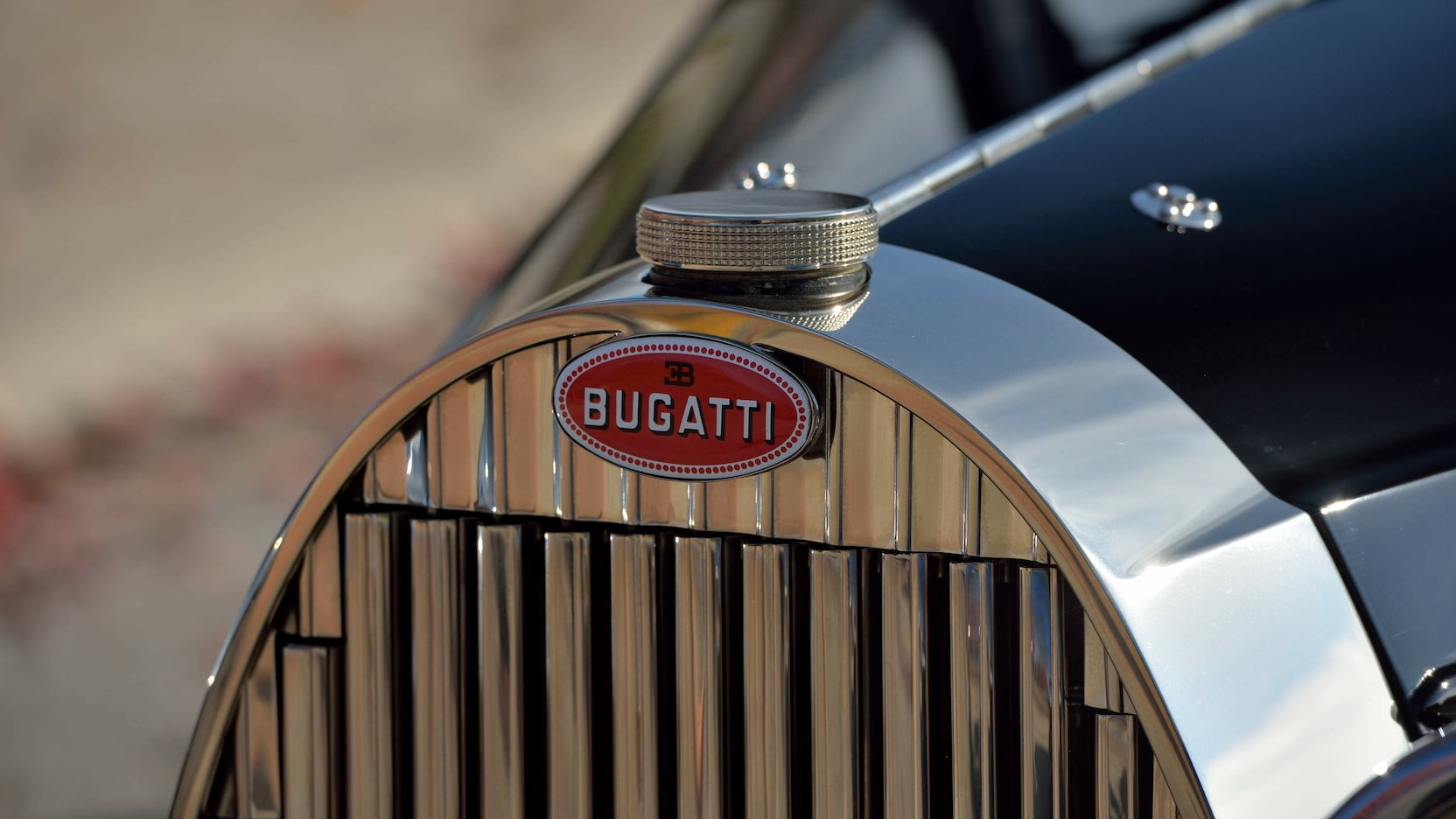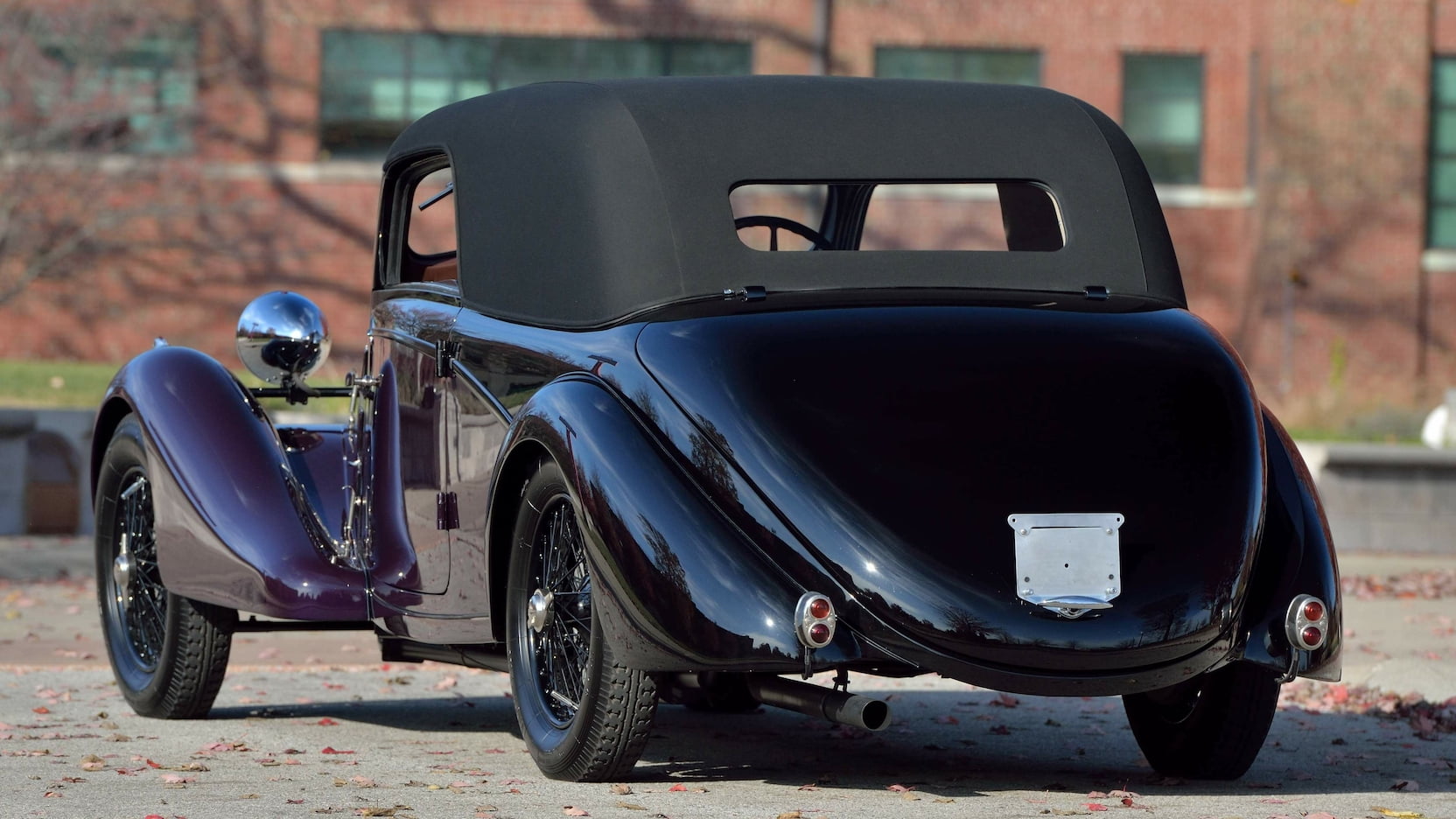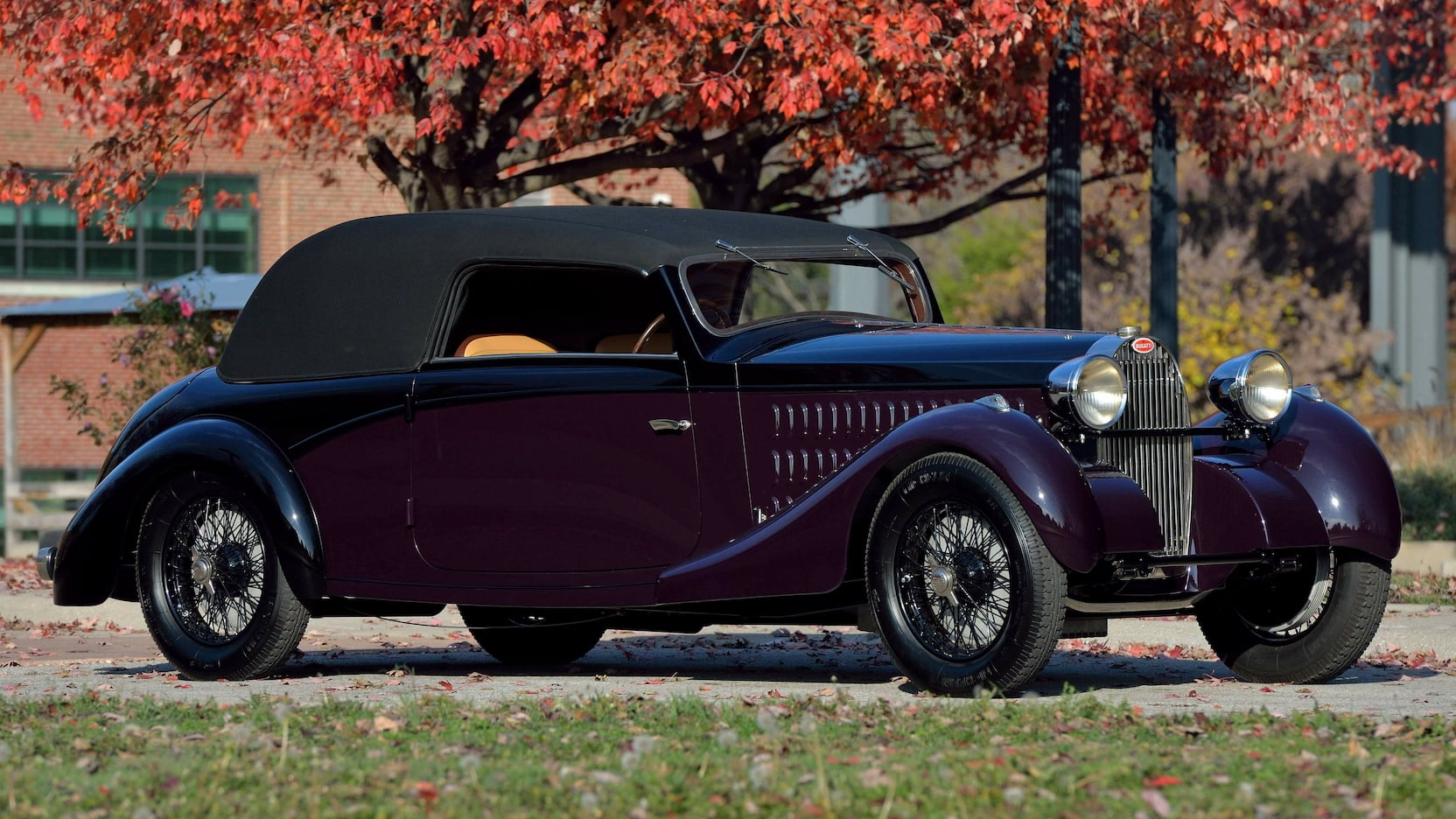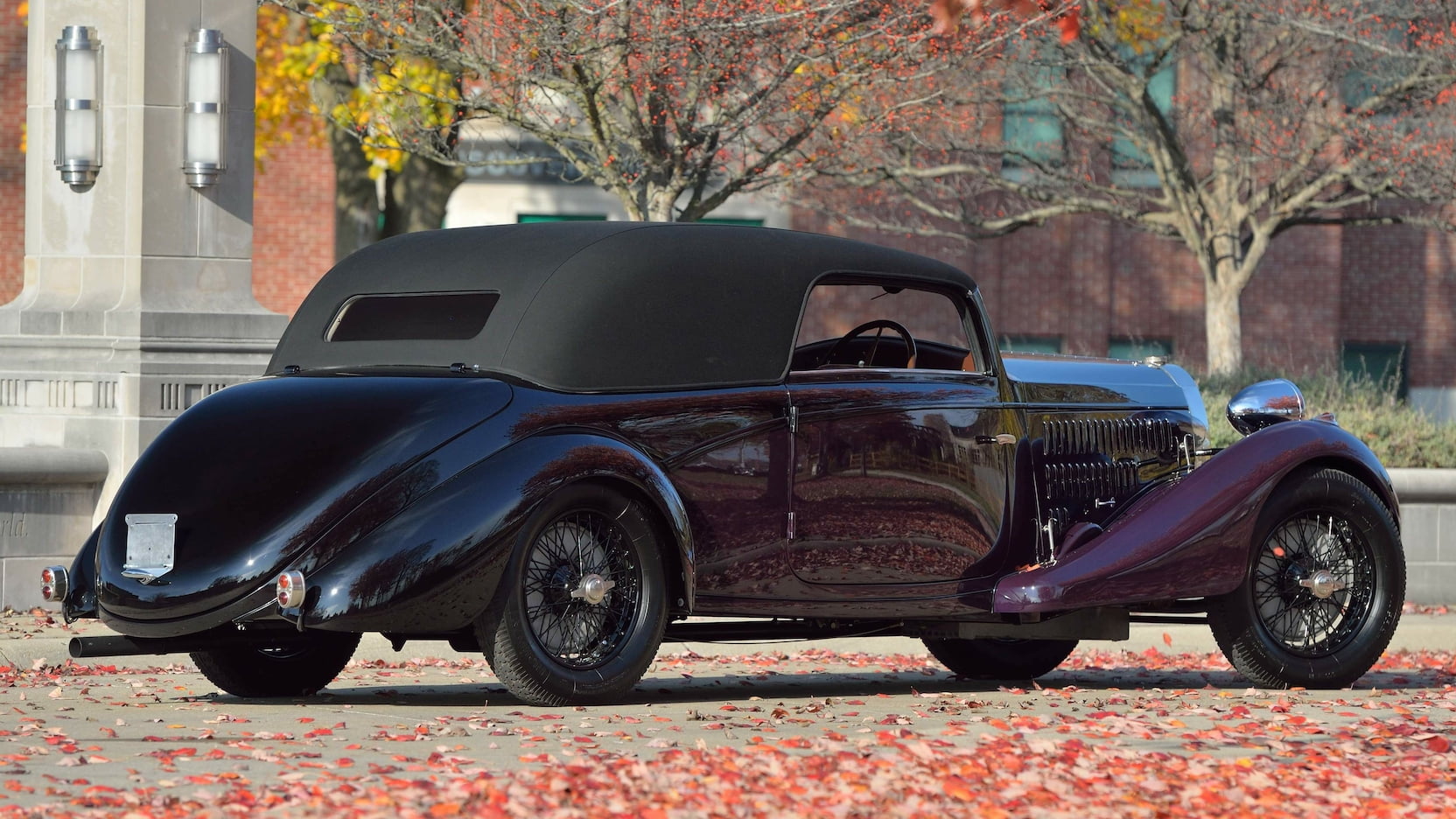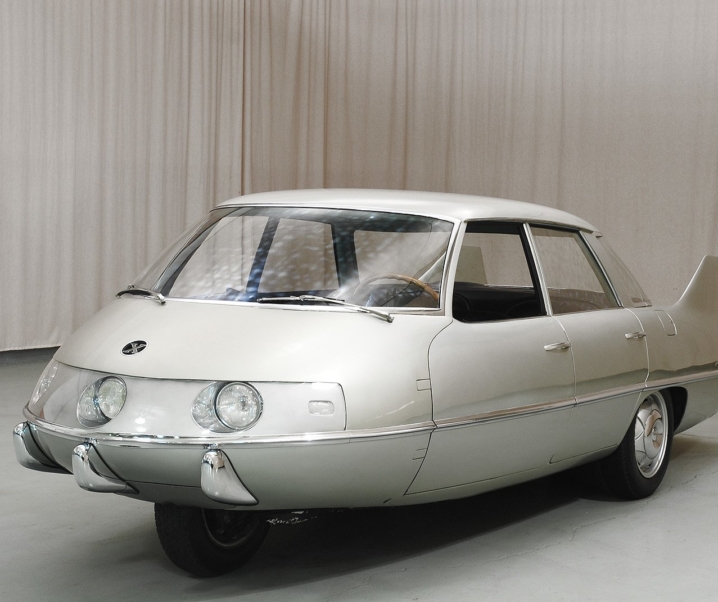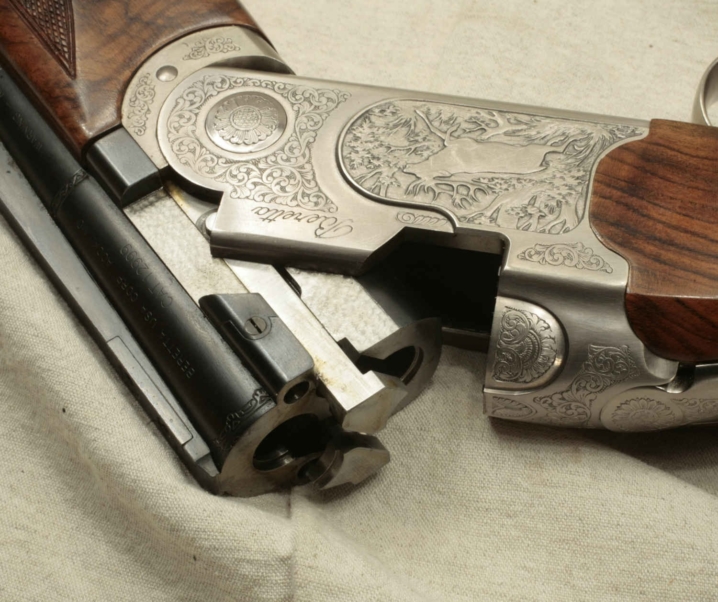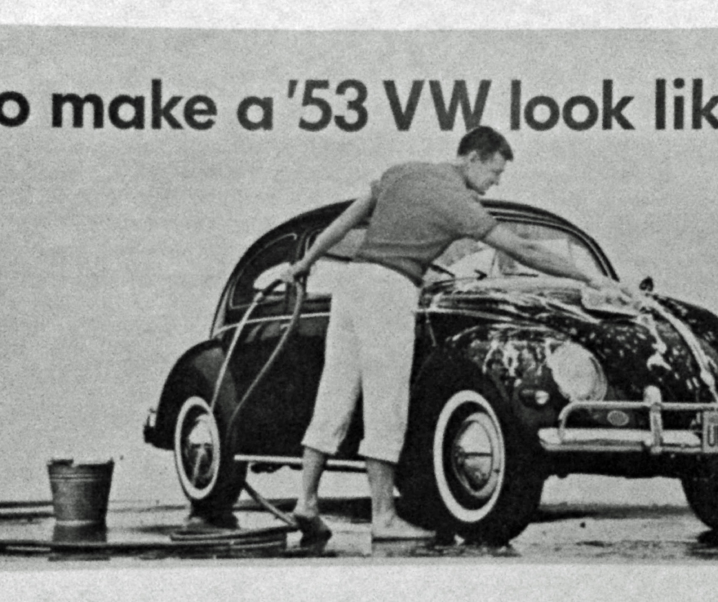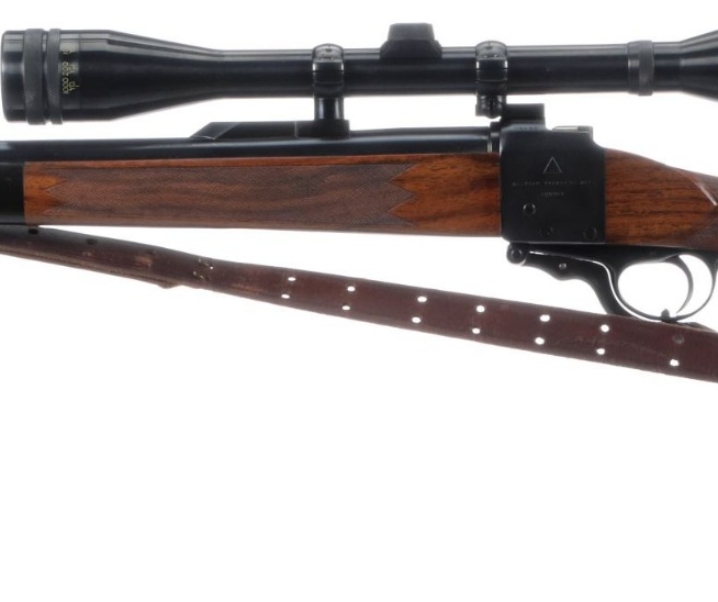Fast Facts
- The Bugatti Type 57 was primarily designed by Ettore Bugatti’s son Jean.
- It was powered by a DOHC straight eight which was based on the SOHC Type 49 but extensively improved by Jean.
- The Type 57 was created to be the base model from which all Bugatti cars would stem as a part of the company’s rationalization of its product line.
- The Type 57 was made in two chassis versions: the conventional height Type 57, and the lowered Type 57 Surbaisse.
- The Type 57 was the foundation for the post-war Type 101.
The Bugatti Type 57 was Jean Bugatti’s main design which followed on from his work on the Type 41 Bugatti Royale, which he did in collaboration with his father and company founder Ettore Bugatti. The Type 57 was very much Jean’s vision: he and his father made the decision to simplify their model line-up to just one main chassis type and one engine to propel it, as opposed to having multiple models of different specifications and styles.
This rationalization of models was important for reasons that are easy to understand; simplifying the production line, making manufacture and supply of spare parts more efficient and streamlined, and giving the mechanics an opportunity to develop an in-depth knowledge of the Type 57 instead of needing to acquire knowledge across a range of multiple models – each with their own unique requirements.
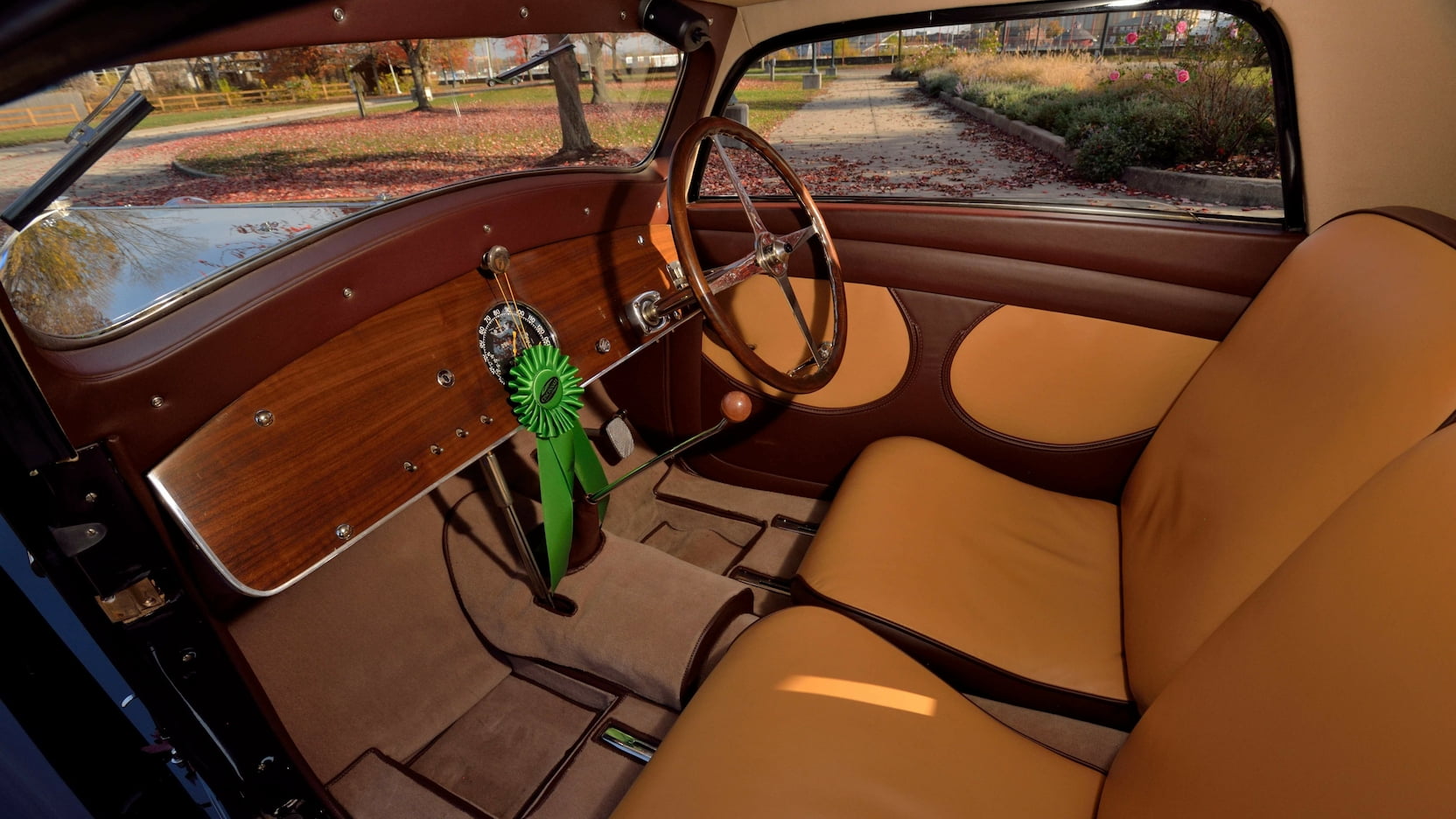
This decision was also made in the light of the Great Depression of the early 1930’s and the effect it had on Bugatti’s business. A much simplified model line-up made economic sense and was financially safer.
The Type 57 was made with two styles of chassis, the standard one, which was of standard height and suited coachwork for a normal road going passenger car, and the 57S (Surbaisse) lowered chassis for sports cars and racing cars.
Some of the most famous of the 1930’s Type 57’s were made on the lowered Surbaisse chassis including the art deco Aérolithe with its magnesium alloy “Elektron Coupé” body, the Aero, the Atlantic, the pretty Atalante, and the 57G “Tank” racing car which won the 1936 French Grand Prix and the 24 Hours Le Mans in both 1937 and again in 1939.
The engine used for the Type 57 was the DOHC 3,257 cc ultra smooth straight eight substantially modified by Jean Bugatti. This engine used spur gears to connect the camshafts, with the gears on the camshafts being made of fibre to keep engine noise to an absolute minimum.
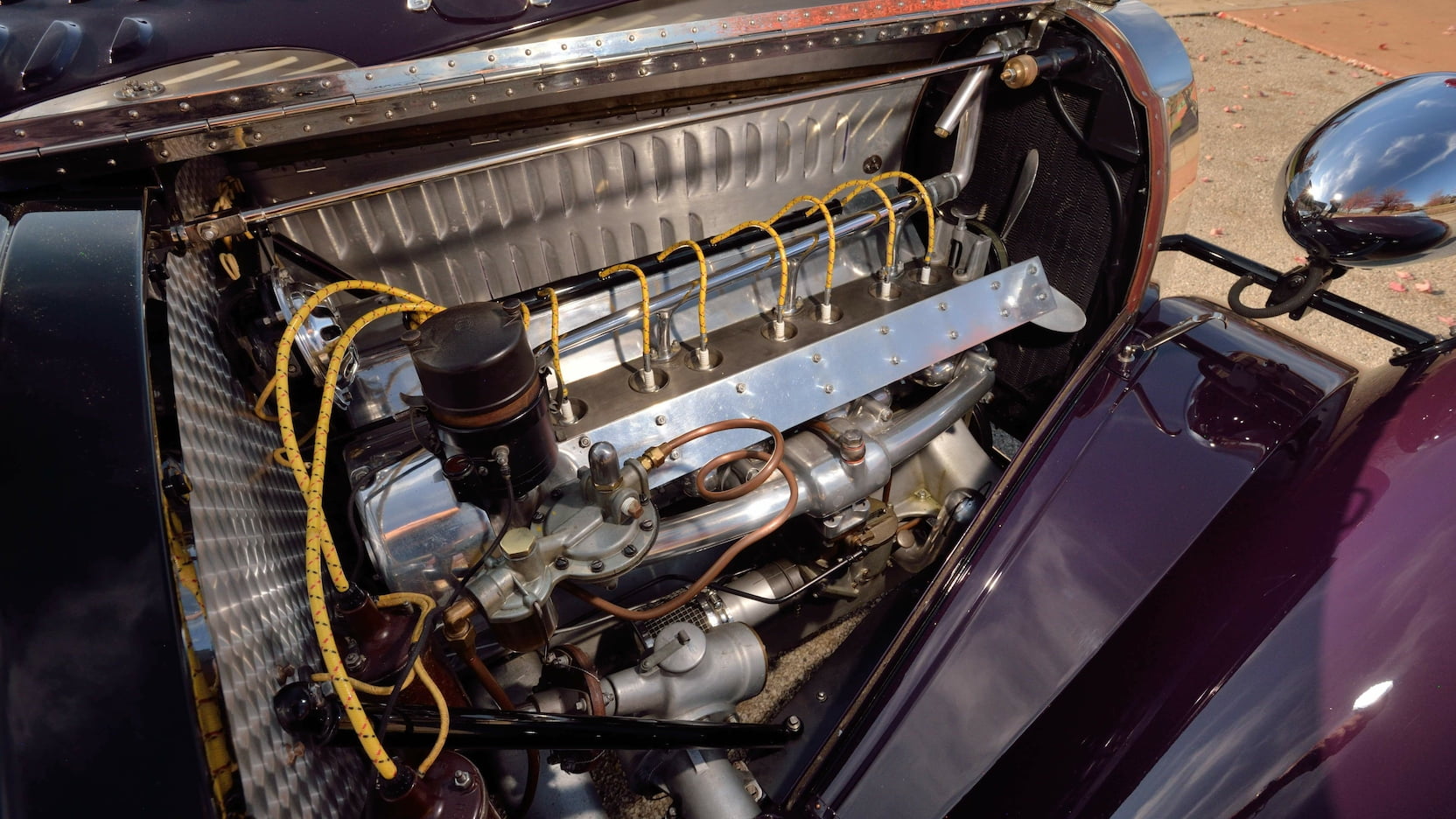
This engine drove the rear wheels via a four speed manual gearbox.
While the Type 57S tend to be cars that became very famous both because of their dramatic appearance and also for their rarity, the standard height Type 57 are cars with classic Bugatti beauty and practicality.
Binder was well acquainted with Bugatti and had done coachwork for their cars before, the best know being the Coupe de Ville coachwork on one of the Type 41 Bugatti Royale.
His work on this 1936 Binder Coupé is tastefully conservative and practical. The design provides a very private rear seats compartment with no side windows, where one could be isolated from the prying eyes of the people on the street as one wound one’s way through the town.
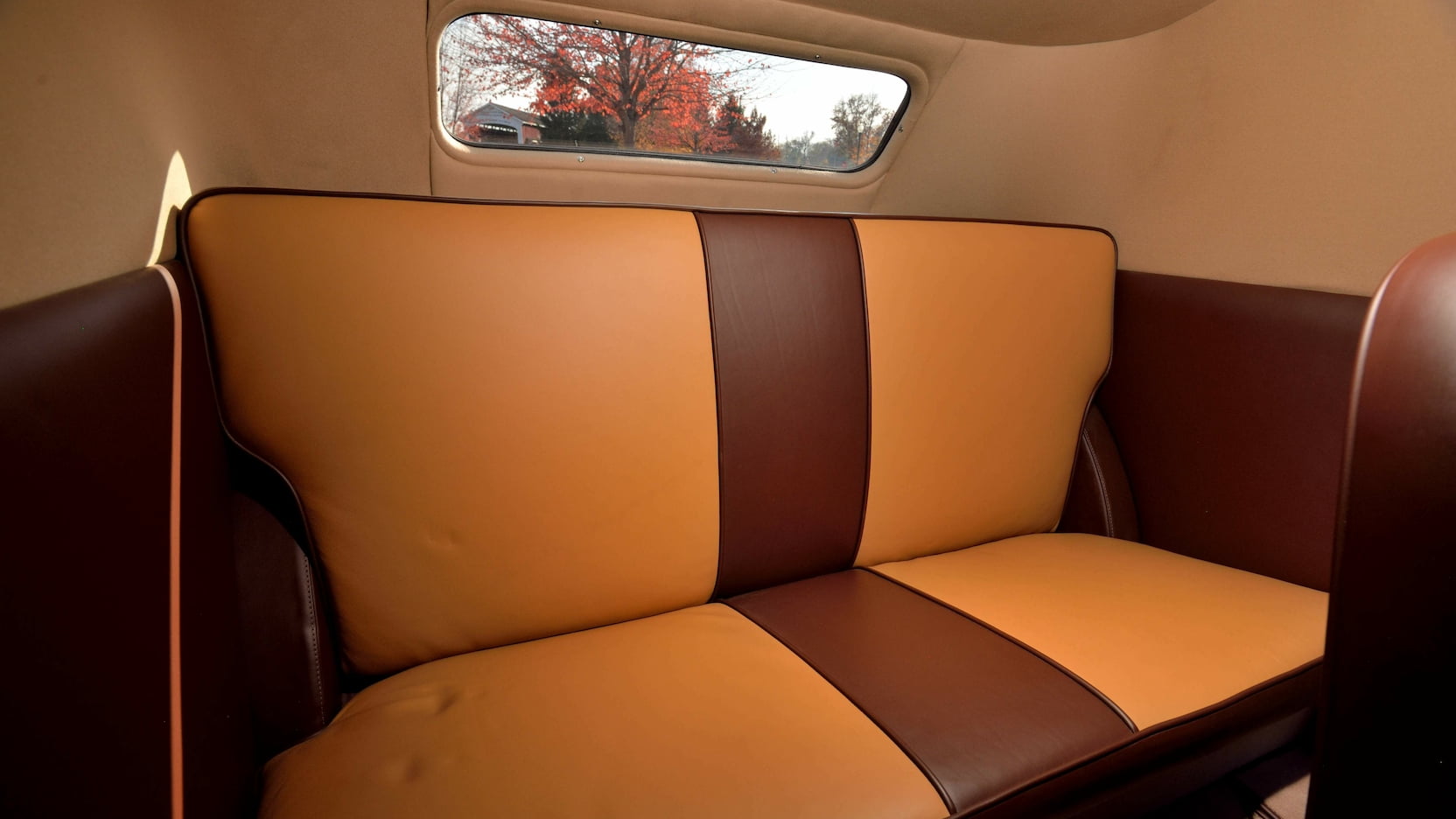
It would be interesting to find out the car’s history from new, but at the moment the car’s pre-war past is veiled in mystery.
The car’s post-war history is well documented however: it was purchased from Emil Schrickel of Costa Mesa, California, in early 1968. It had been advertised in the “Antique Automobile” magazine and was purchased by collector Rick Grant. The Bugatti resided in Rick Grant’s collection since then.
In 1994 Grant decided to undertake a thorough restoration of the car and commissioned Bugatti expert Donald Koleman’s Competition Motors of Salem, MA/Portsmouth, NH to do the work.
The engine was re-built and the rest of the car given the restorative work needed to bring it up to concours standard. It was finished in Eggplant with Black paintwork giving the car an air of understated elegance.
With the restoration completed in 2016 this Bugatti obtained the Best of Show at the 2016 Dayton Concours and Cincinnati Concours.
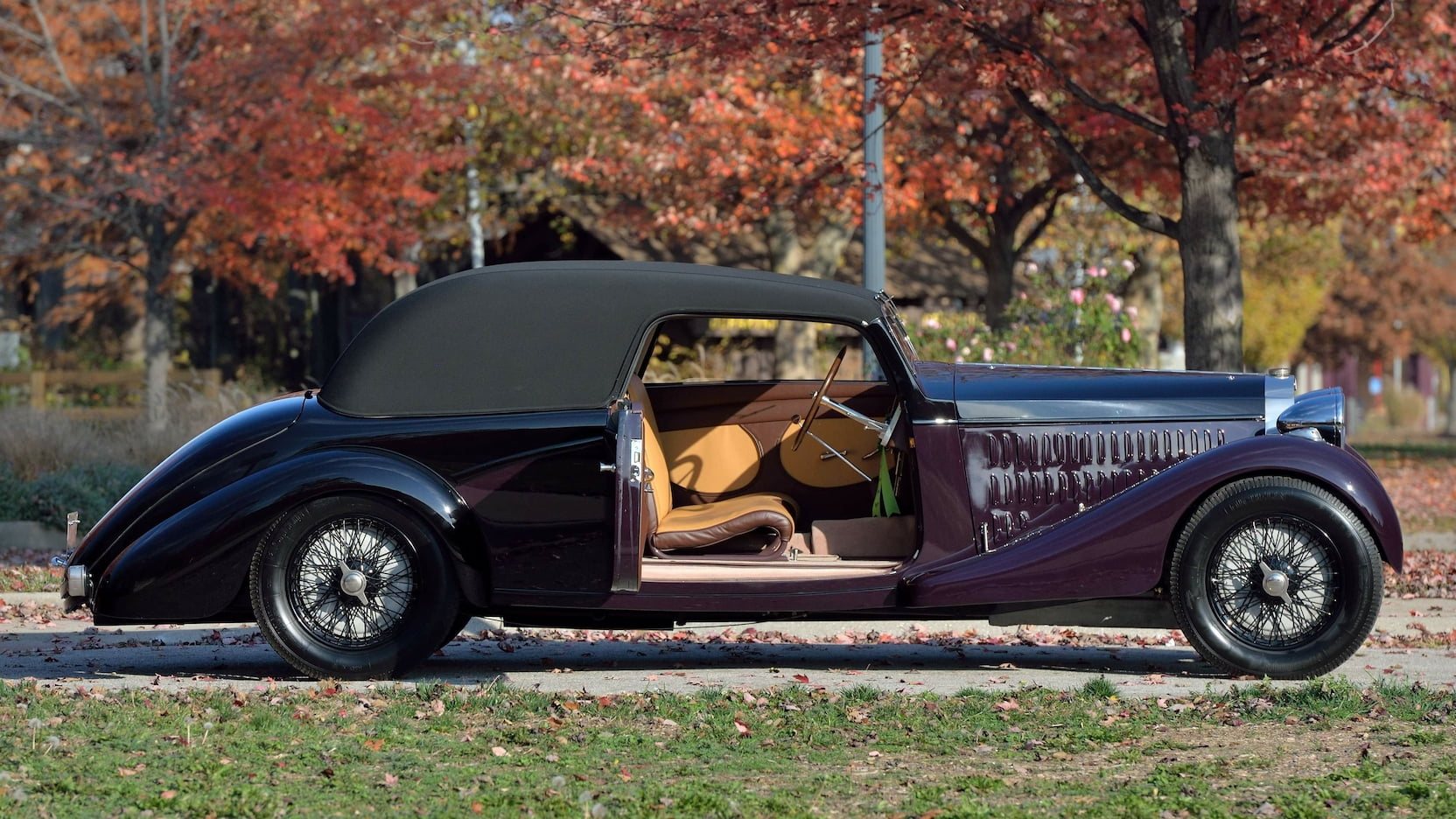
The following year the car was displayed at the 2017 Pebble Beach Concours d’Elegance and completed the Tour d’Elegance. It also obtained a special award at the Amelia Island Concours d’Elegance.
Given that the last time this car was offered for sale was in 1968 this sale by Mecum Auctions represents a rare opportunity to own this rather rare automobile.
You can find the sale page here.
The last of the Type 57 Bugattis was made in 1940 at which point the Second World War was underway, Operation Dynamo, the evacuation at Dunkirk happened followed by the Battle of Britain. A total of 710 Type 57 were made from 1934-1940.
After the war’s end in 1945 Ettore Bugatti sought to pick up the pieces of his life: his son Jean had been killed in a car accident in 1939 leaving Ettore alone to decide to rebuild his car making business and make it happen with the help of his staff.
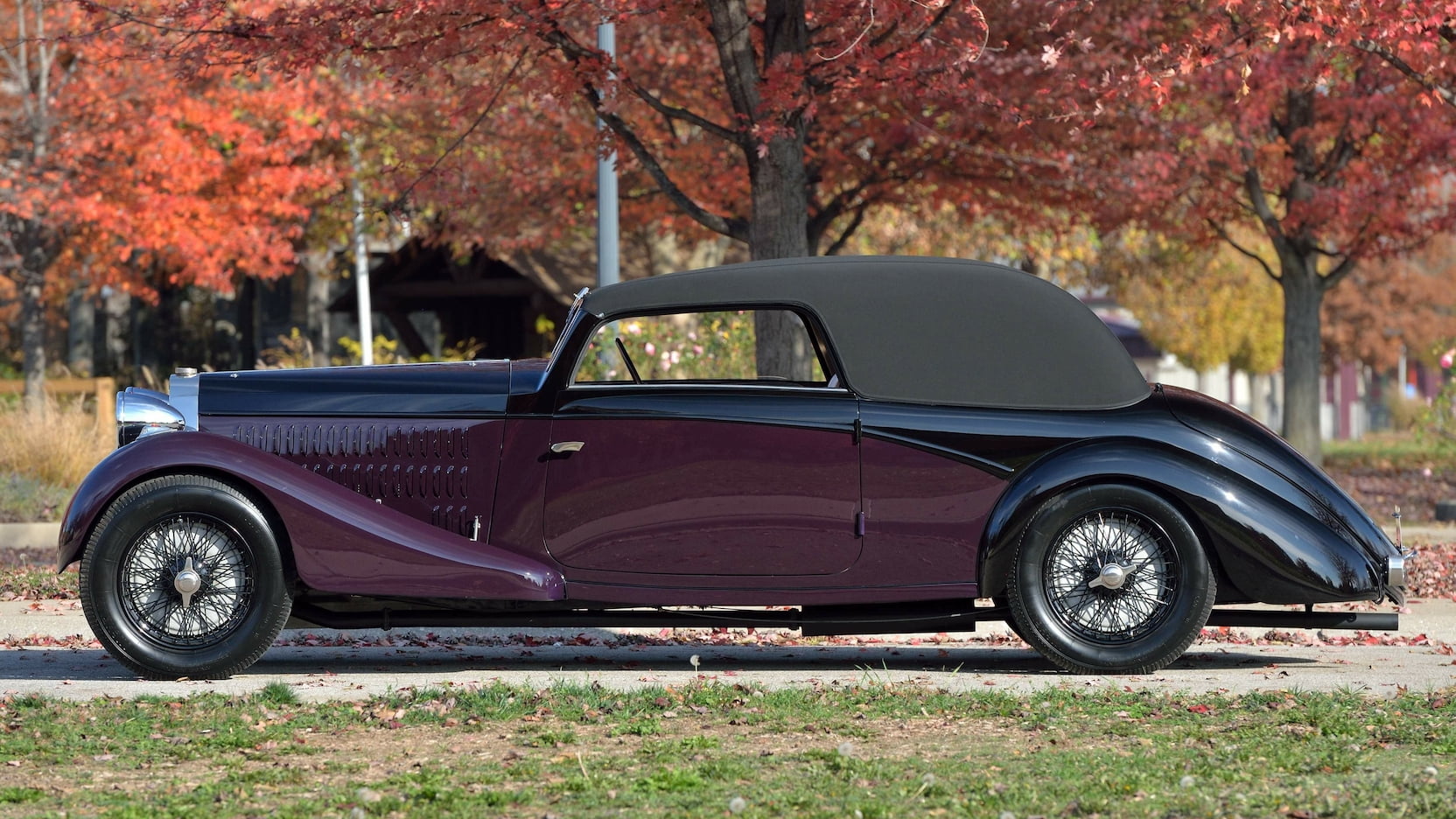
The Type 57 was resurrected in that post war period as the Type 101 and this was the only model Bugatti offered in that time of post-war austerity.
Sadly Ettore passed away in 1947, and his staff kept the company going until 1952 when, after one last showing at the 1952 Paris Auto Salon, the company closed its doors for the last time.
The company would lay dormant for decades until an Italian gentleman named Romano Artioli, in collaboration with Ferruccio Lamborghini and engineer Paulo Stanzani, decided to resurrect the Bugatti marque in 1987.
Artioli’s team created the Bugatti EB110, a beautiful and technologically advanced modern GT which deserved to be an outstanding success, but which was stymied by financial issues for the new company.
In 1998 Romano Artioli passed the Bugatti name on to the Volkswagen group and nowadays the Bugatti marque is well established as a maker of supercars, and cars such as the Bugatti Veyron have become household names.
Picture Credits: All pictures courtesy Mecum Auctions

Jon Branch is the founder and senior editor of Revivaler and has written a significant number of articles for various publications including official Buying Guides for eBay, classic car articles for Hagerty, magazine articles for both the Australian Shooters Journal and the Australian Shooter, and he’s a long time contributor to Silodrome.
Jon has done radio, television, magazine and newspaper interviews on various issues, and has traveled extensively, having lived in Britain, Australia, China and Hong Kong. His travels have taken him to Indonesia, Israel, Italy, Japan and a number of other countries. He has studied the Japanese sword arts and has a long history of involvement in the shooting sports, which has included authoring submissions to government on various firearms related issues and assisting in the design and establishment of shooting ranges.

